Last year the Tampa Bay Buccaneers signed outside linebacker Shaquil Barrett to a one-year deal as an unrestricted free agent. That proved to be a very good move, as evidenced by the franchise tag the Buccaneers put on Barrett just this Monday. In one year, the former Denver Bronco went from a player looking for an opportunity to prove himself to a star edge rusher his team can't bear the thought of losing.
That said, Barrett's signing probably didn't lead the news cycle on March 18, 2019, when it was made official by the team. It wasn't the biggest story of the first week of free agency. Judging simply by contract length and size, the signings that made the biggest waves last year were the likes of Landon Collins in Washington, Earl Thomas and Mark Ingram in Baltimore, C.J. Mosley and Le'Veon Bell with the New York Jets, Preston Smith and Za'Darius Smith in Green Bay, Nick Foles in Jacksonville, Tyrann Mathieu in Houston and the Bucs' own Kwon Alexander in San Francisco.
This year is different for the Buccaneers. Barrett may have been an under-the-radar steal but there's nothing low-key about the Buccaneers' first free agent signing of 2019. In fact, it might be considered one of the most momentous player relocations in the 28 years of true NFL free agency. That's what happens when the player many believe to be the greatest quarterback of all time – and perhaps greatest player of all time – joins a new franchise after 20 years and six Super Bowl championships in his first home.
That of course is the Bucs' new starting quarterback, one Tom Brady, the only player in NFL history who can't wear all of his Super Bowl championship rings on one hand. (Without doubling up on a finger, that is. And have you seen a Super Bowl ring? They're massive.) Safe to say that Brady already ranks among the biggest names ever to change NFL teams; if he succeeds in leading the Buccaneers back into playoff contention, he might end up as one of the most memorable signings in league history.
YOU MAY LIKE:
Who else is in that category? We're talking about players who were already superstars and had an established identity with a certain franchise. And we're talking free agents who then switched teams to great fanfare and proved to be a big reason their new teams succeeded.
The closest thing the Buccaneers have probably had to that in their free agency history is defensive end Simeon Rice, who had already established himself as one of the league's best pass-rushers for six years in Arizona. Rice signed with the Buccaneers in 2001 and proved to be the final piece to the puzzle for what would become one of the best defenses in league history. Rice had 69.5 sacks in five-and-a-half seasons in Tampa and was a terror during the team's successful run through the 2002 playoffs.
Could Brady help the Buccaneers win a Super Bowl, too? If so he'll easily join the list below.
DE Reggie White, Philadelphia to Green Bay, 1993
This was the first megastar relocation in the era of true free agency. White was one of the 20 plaintiffs in the antitrust lawsuit that directly led to the first Collective Bargaining Agreement in 1993, which meant the Eagles couldn't keep him in town by using their franchise tag. They still named White their franchise player, but only to ensure that they would receive draft-pick compensation from the league, which they did to the tune of a first-round pick in 1994.
White went on a five-week national tour of teams recruiting his service and eventually ended up with offers from Green Bay, Washington and San Francisco. He stunned the league by picking Green Bay, which was definitely not considered a glamorous free agency destination at the time, but due to the rules of the time the Packers were able to offer the largest contract. That was a four-year, $17 million deal, which doesn't sound impressive now but was eye-opening at the time.
White was 32 at the time he switched teams, but he had never had a season with fewer than 11 sacks. In 1987 he racked up 21 sacks in just 12 games. During his eight years with the Eagles, he had more sacks (124) than games played (121). It's no wonder he wanted the opportunity to sell his services to the highest bidder. White was also a force against the run, to boot.
He didn't disappoint in Wisconsin. He had another 13 sacks in his first year with the Packers, who broke an 11-year playoff drought. Green Bay made the playoffs in all six of White's seasons with the team, and while the emergence of star quarterback Brett Favre had a lot to do that, White earned a lot of the credit, too. The Packers won one Super Bowl and lost another in that span.
CB Deion Sanders, Atlanta to San Francisco, 1994
Sanders hit the NFL as a fully-realized superstar, a master of self-promotion who backed up all of his own hype. He was a three-time Pro Bowler and two-time All-Pro during his five years in Atlanta, during which he had 24 interceptions and three pick-sixes. He added another five touchdowns on punt and kickoff returns, and when he broke free he always finished off his TD runs with the high-step.
After White dominated free agency in its first year, Sanders was the big prize in Year Two. The Los Angeles Times called Sanders "arguably the most powerful defensive weapon in the NFL." His free agency circuit was complicated by the fact that he was also the starting centerfielder for the Cincinnati Reds, but he still entertained offers from Kansas City, Miami, New Orleans and Philadelphia, among others.
Sanders picked the 49ers because he thought they gave him the best shot at winning a Super Bowl after his five years in Atlanta produced just one winning season. Three other 49er defenders renegotiated their contracts so San Francisco would have room for Sanders' one-year deal. San Francisco was already a dynasty of sorts, coming off their 11th straight playoff season, but it hadn't won the Super Bowl for – oh, the horror – four straight years. The 49ers thought Sanders would put their defense over the top, and they were right.
Neon Deion intercepted six passes for San Francisco, which he returned for an incredible 303 yards, three of them ending in the end zone. The 49ers rolled through a 13-3 regular season and then demolished San Diego in Super Bowl XXIX. Sanders had two more picks in the postseason, including one in the Super Bowl.
Notably, Sanders then signed with Dallas the next year and helped the Cowboys win Super Bowl XXX. But since he had only played one year in San Francisco, this move doesn't fit our criteria of a player who had established his identity on another club.
View pictures from QB Tom Brady's NFL career thus far.
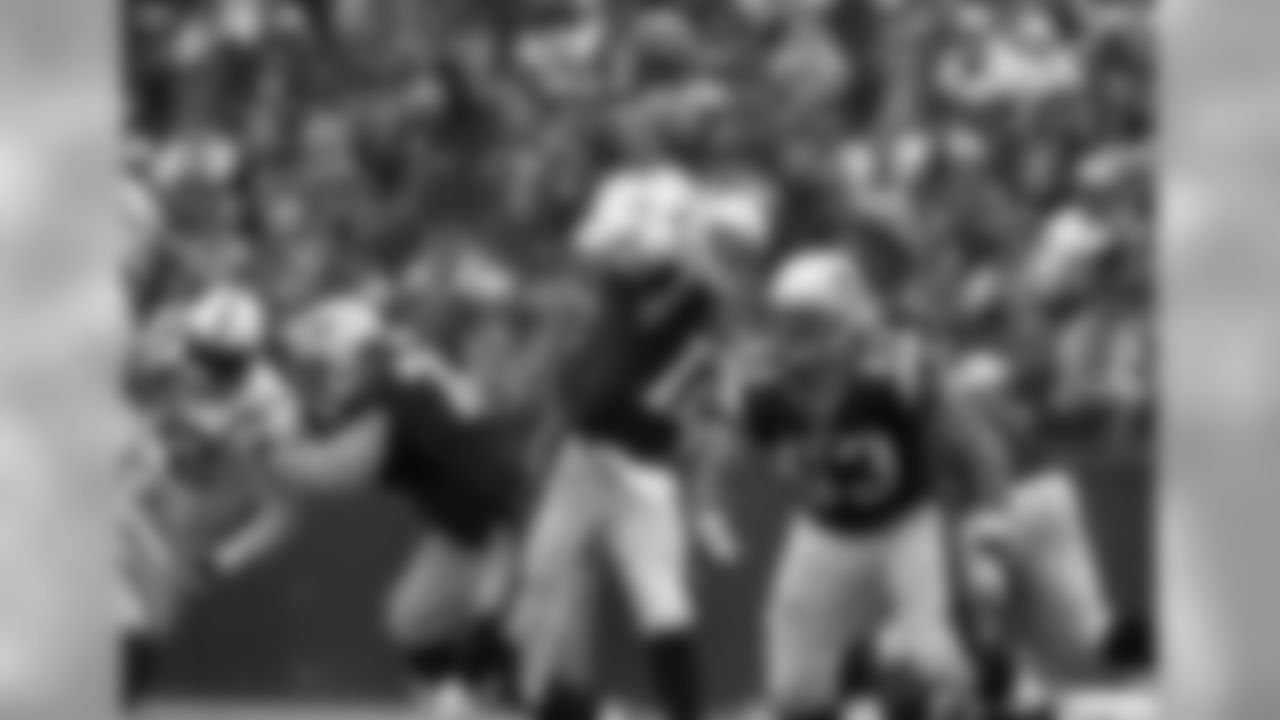
FILE - In this Sept. 30, 2001 file photo, New England Patriots quarterback Tom Brady, center, passes during Brady's first start of an NFL football game against the Indianapolis Colts in Foxboro, Mass. (AP Photo/Winslow Townson, File)

New England Partiots quarterback Tom Brady hands the ball off during play against the San Diego Chargers in 2001. (AP Photo / Al Messerschmidt)

New England Patriots quarterback Tom Brady (12) sets to pass in the 2001 AFC championship game against the Pittsburgh Steelers Jan. 27, 2002 in Pittsburgh. (Al Messerschmidt via AP)

New England Patriots quarterback Tom Brady looks to pass during the second half of the game at Ralph Wilson Stadium in Orchard Park, N.Y., Sunday, Nov. 3, 2002. The Patriots won 38-7.(AP Photo/Don Heupel)

New England Patriots quarterback Tom Brady (12) drops back to pass during an NFL game against the San Diego Chargers on September 29, 2002. The Chargers defeated the Patriots 21-14 in San Diego, California. (AP Photo/Kevin Terrell)

New England Patriots quarterback Tom Brady (12) looks to pass November 28, 2002 at Ford Field in Detroit. The Patriots defeated the Detroit Lions 20 -12 in a Thanksgiving Day matchup. (AP Photo / Al Messerschmidt)

New England Patriots quarterback Tom Brady (12) sets to pass October 6, 2002 in Miami, Florida. The Miami Dolphins defeated the Patriots 26 - 13. (AP Photo / Al Messerschmidt)

New England Patriots quarterback Tom Brady, passes under pressure in the first half from New York Jets defensive ends John Abraham,(94) left, and Shaun Ellis (92), Sunday, Sept. 15, 2002, at Giants Stadium in East Rutherford, N. J. , as Ellis slips Patriots tackle Kenyatta Jones (74). (AP Photo/Kathy Willens)
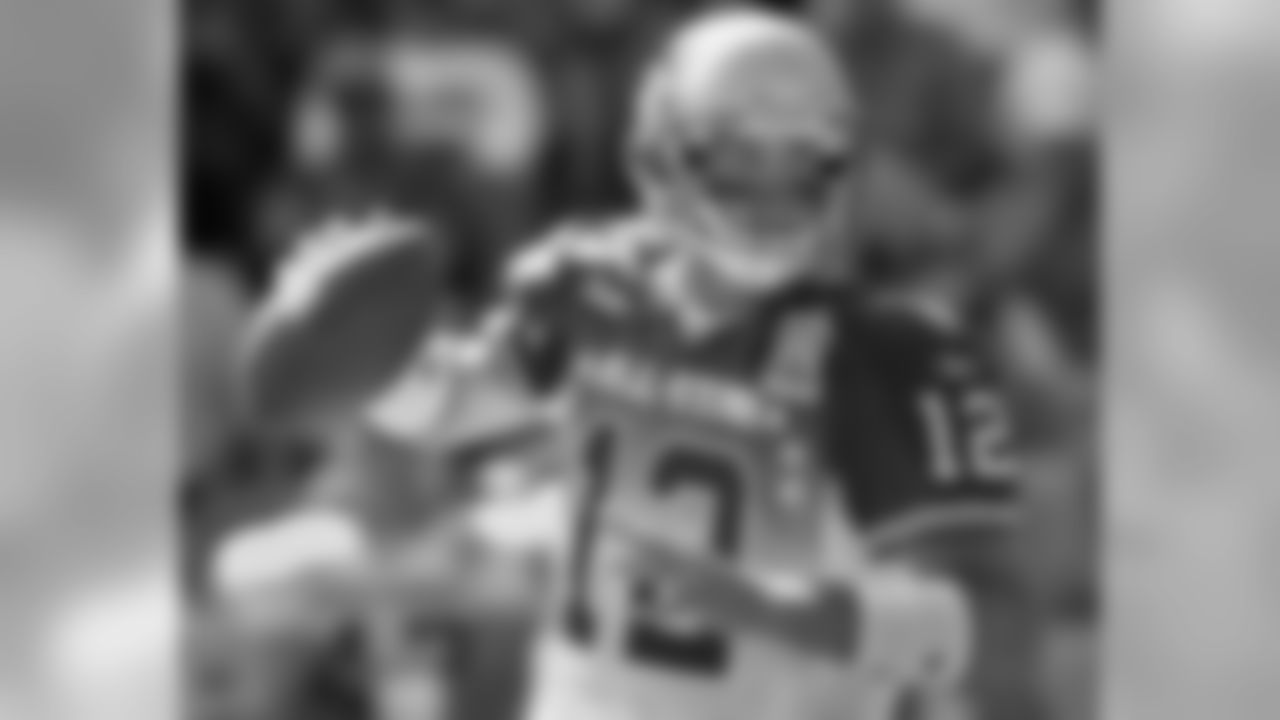
Tom Brady, the quarterback who led the AFC New England Patriots to victory in the Super Bowl six days ago, looks for a receiver in the fourth quarter of the AFC's 38-30 win in the Pro Bowl game Saturday, Feb. 9, 2002, at Aloha Stadium in Honolulu. Brady sat most of the game, watching as the Oakland Raiders' Rich Gannon stole the show in the Pro Bowl. (AP Photo/Ronen Zilberman)
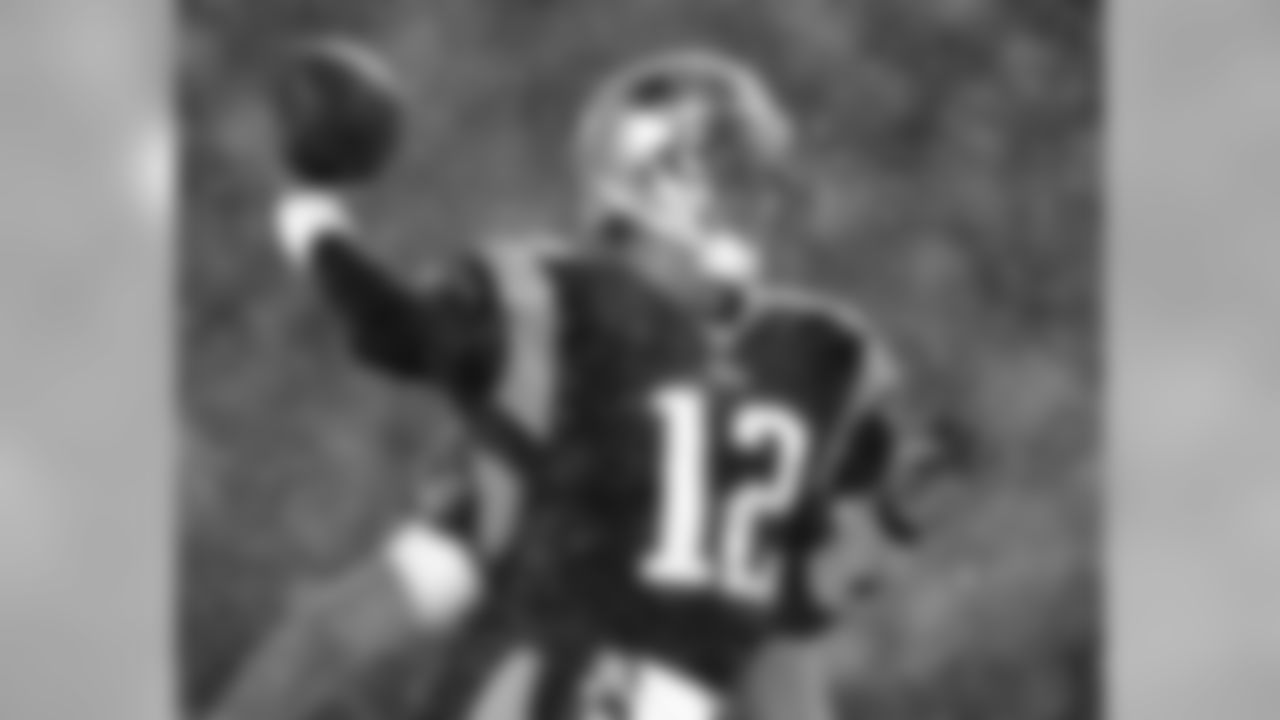
New England Patriots' quarterback Tom Brady delivers a pass against the Oakland Raiders in Foxboro, Mass., Saturday, Jan. 19, 2002. The Patriots play the Pittsburgh Steelers in the AFC Championship game on Sunday, Jan. 27, 2002 in Pittsburgh. (AP Photo/Steven Senne)
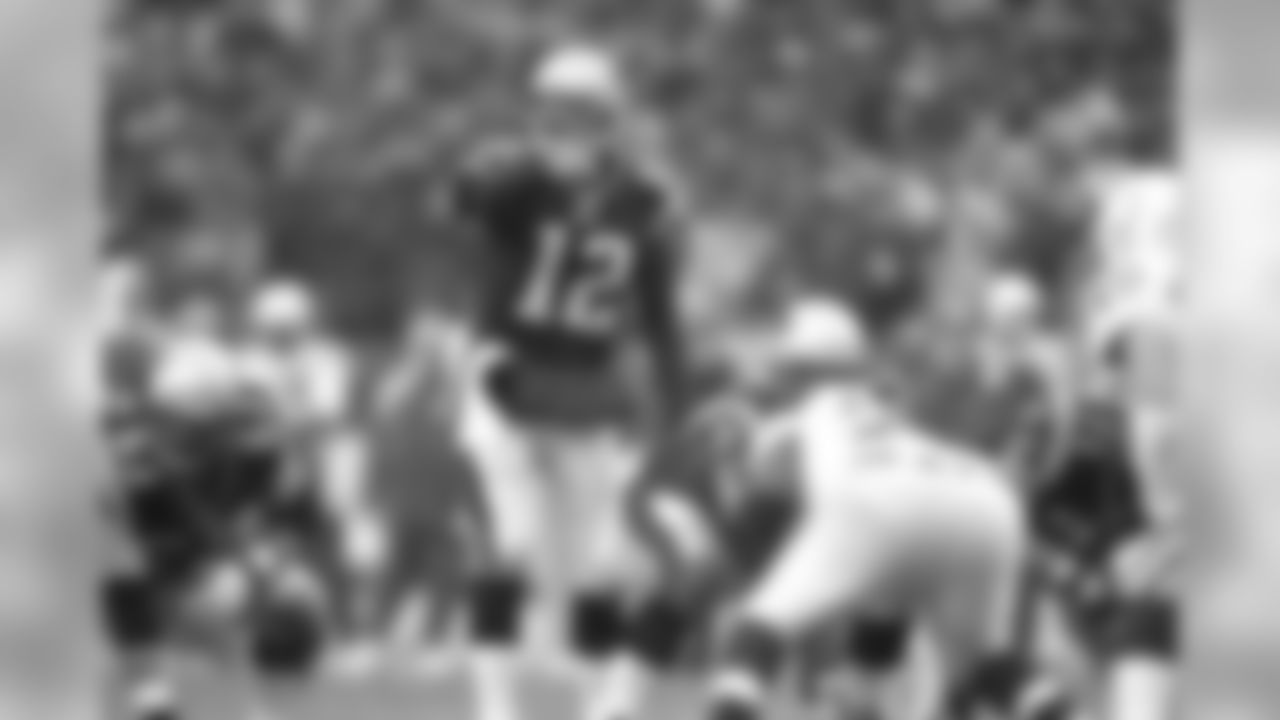
New England Patriots quarterback Tom Brady (12) points out the middle linebacker during an NFL game against the Indianapolis Colts. The Patriots defeated the Colts 24-14 in the 2003 AFC Championship Game on January 18, 2004 in Foxboro, Massachusetts. (AP Photo/Kevin Terrell)
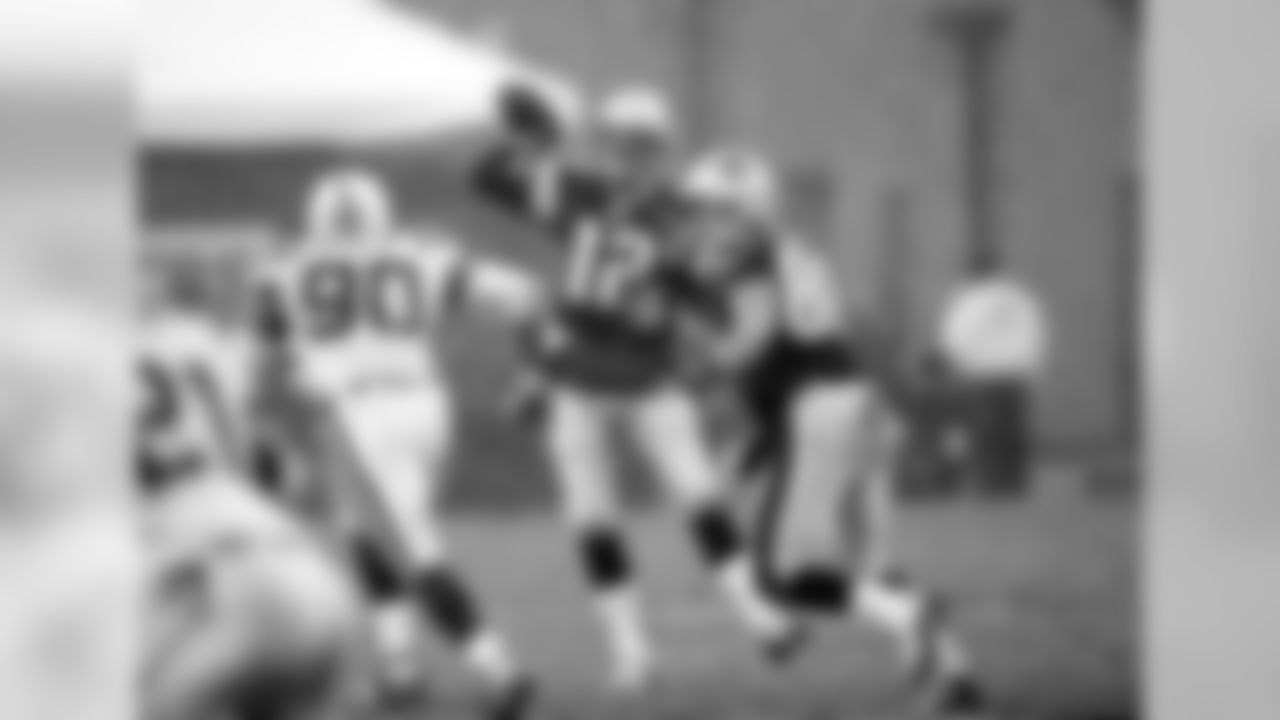
New England Patriots quarterback Tom Brady (12) throws a pass during an NFL game against the Indianapolis Colts. The Patriots defeated the Colts 24-14 in the 2003 AFC Championship Game on January 18, 2004 in Foxboro, Massachusetts. (AP Photo/Kevin Terrell)

New England Patriots quarterback Tom Brady throws between Arizona Cardinals' Russell Davis (98) and Adrian Wilson (24) during the second quarter Sunday, Sept. 19, 2004 at Sun Devil Stadium in Tempe, Ariz. The Patriots won 23-12.(AP Photo/Matt York)
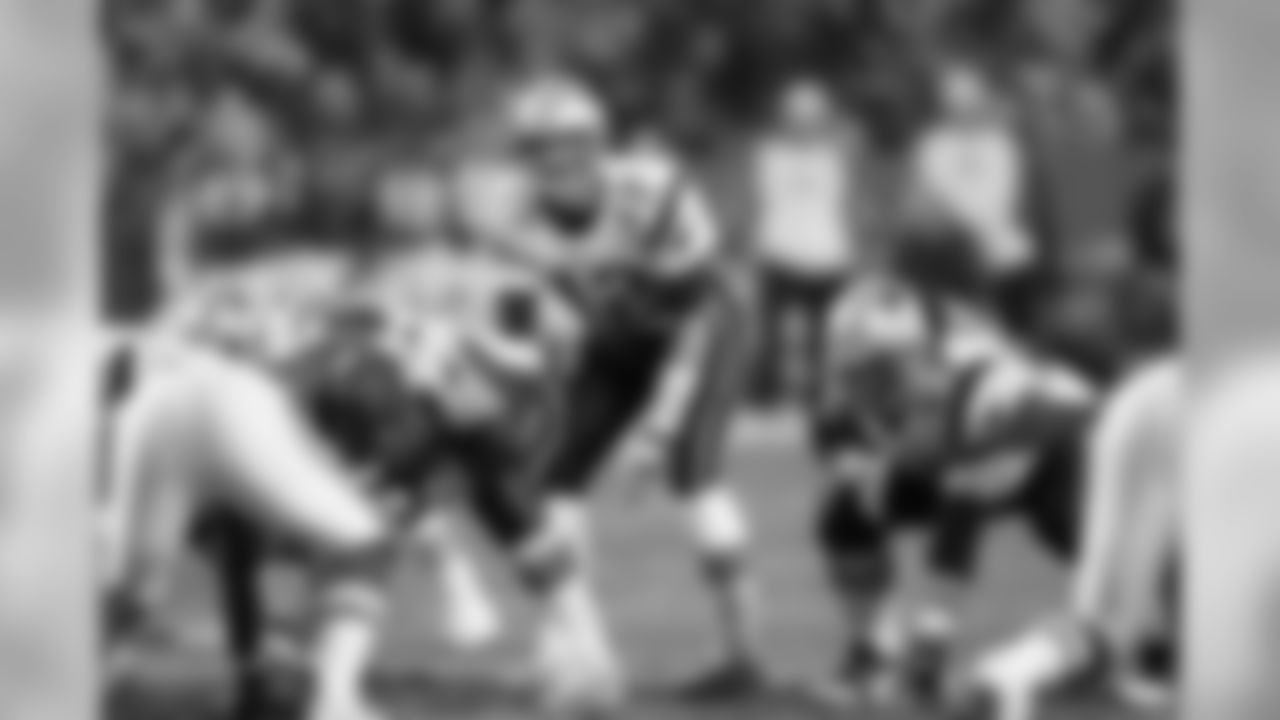
New England Patriots quarterback Tom Brady calls signals at the line during a game against the Kansas City Chiefs at Arrowhead Stadium in Kansas CIty, Missouri on November 22, 2004. New England won 27-19. (AP Photo/G. Newman Lowrance)
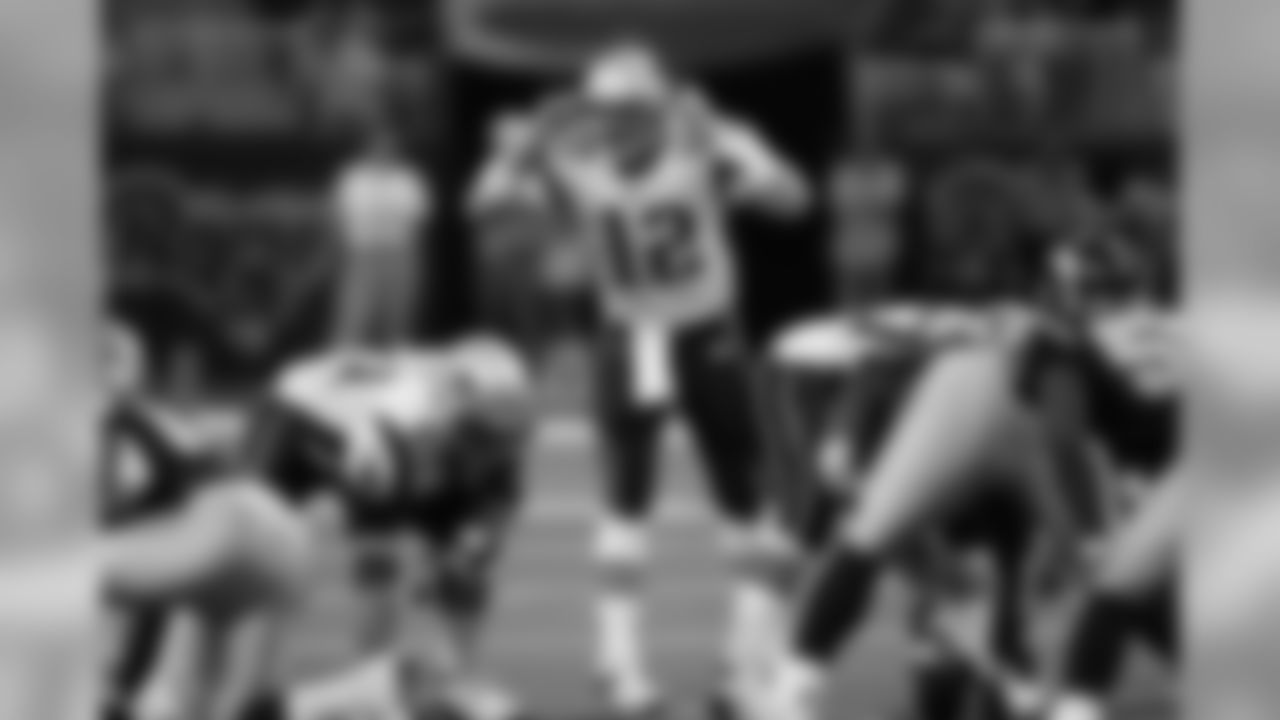
New England Patriots Tom Brady calls an audible during a NFL football game against the St. Louis Rams at the Edward Jones Dome in St. Louis, Missouri on November 7, 2004. The Patriots won 40-22. (AP Photo/G. Newman Lowrance)
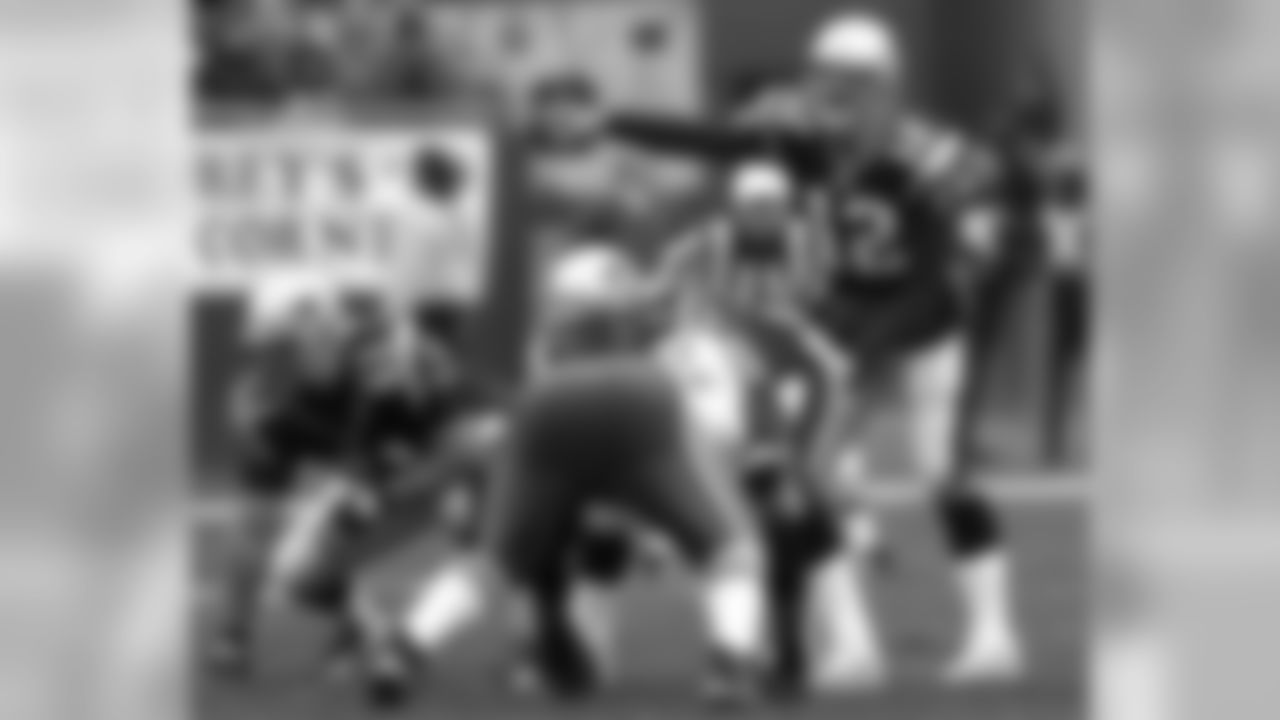
New England Patriots quarterback Tom Brady (12) points out the New York Jets coverage during the game in Foxboro, Mass., on Sunday, Oct. 24, 2004. The Patriots won their 21st straight game with a 13-7 victory. (AP Photo/ Robert E. Klein)

New England Patriots quarterback Tom Brady (12) throws during the second half against the Buffalo Bills in Orchard Park, N.Y., Sunday Oct. 3, 2004. The Patriots won, 31-17. (AP Photo/David Duprey)
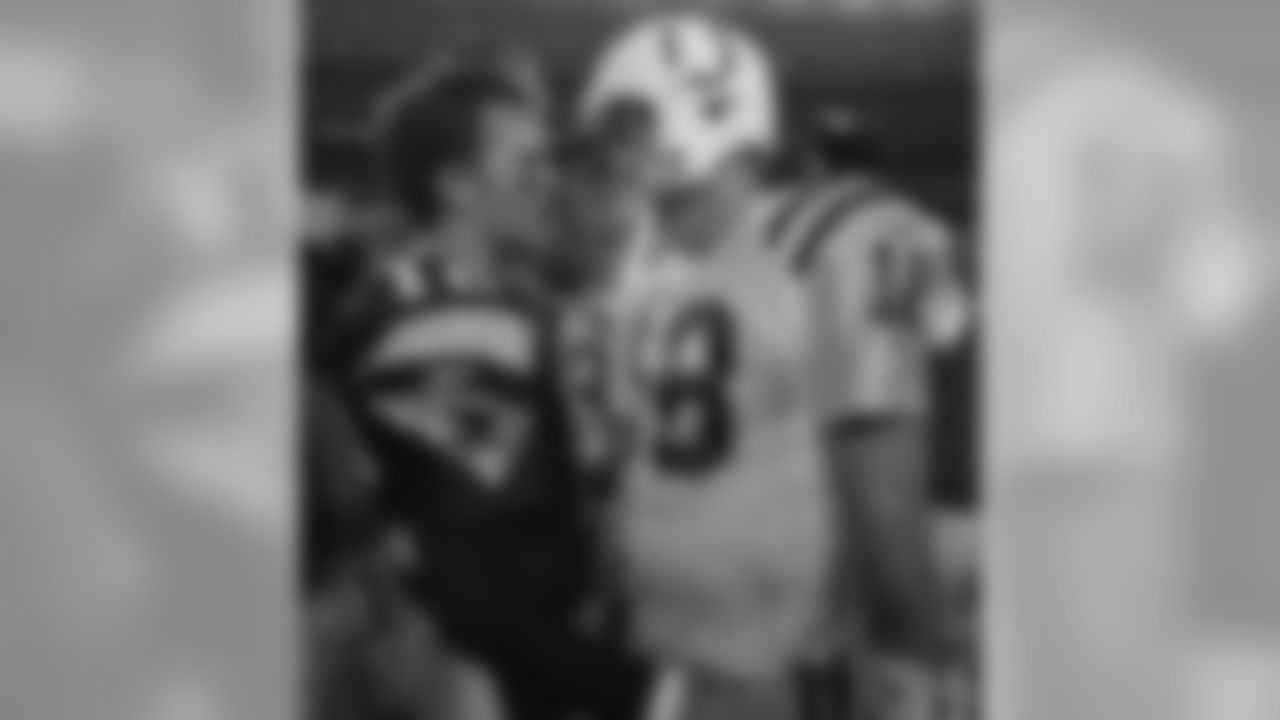
New England Patriots quarterback Tom Brady, left, chats with Indianapolis Colts quarterback Peyton Manning after the Patriots beat the Colts 27-24 Thursday, Sept. 9, 2004 in Foxboro, Mass. (AP Photo/Charles Krupa)
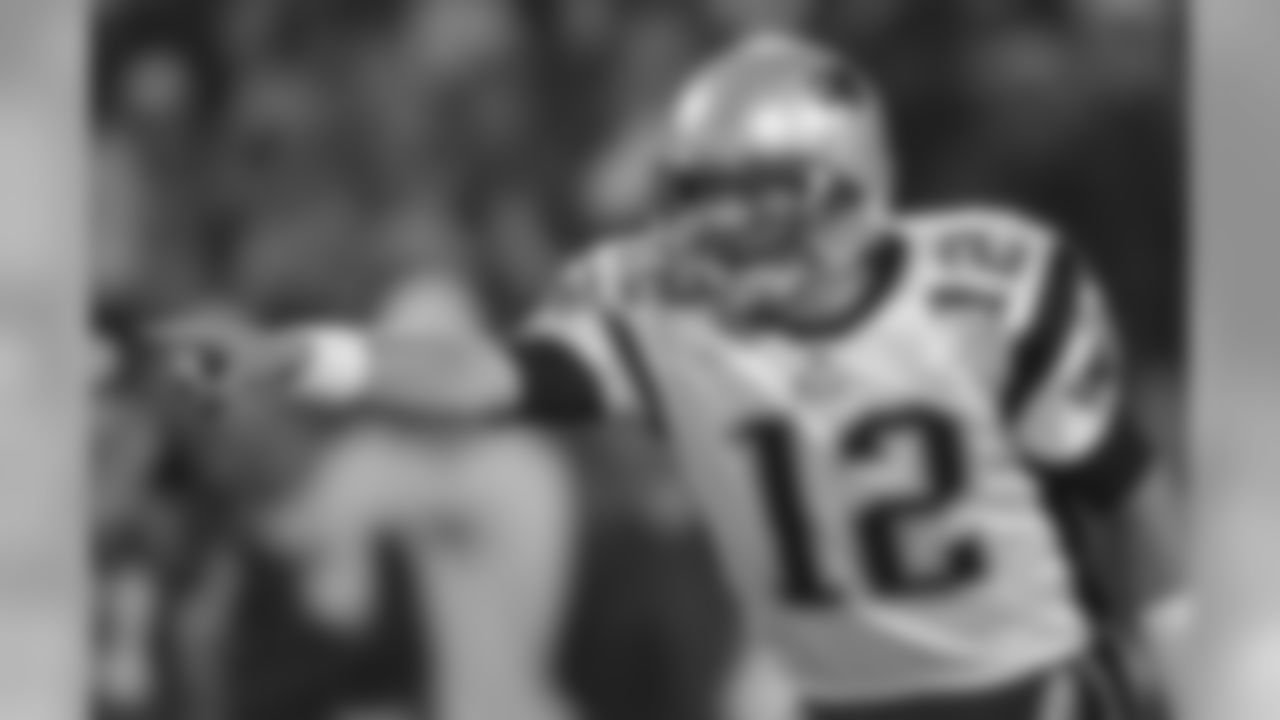
New England Patriots quarterback Tom Brady (12) points to the Kansas City Chiefs defense during the second quarter at Arrowhead Stadium Monday, Nov. 22, 2004, in Kansas City, Mo. The Patriots beat the Chiefs 27-19. (AP Photo/Orlin Wagner)

New England Patriots quarterback Tom Brady lets go with a pass despite the rush of San Fransisco 49ers Andrew Williams during the third quarter of the Patriots 21-7 win at Gillette Stadium in Foxboro, Mass., Sunday, Jan. 2, 2005. Brady threw for 226 yards and two touchdowns in three quarters of play. (AP Photo/Winslow Townson)

Tom Brady of the New England Patriots points his finger to the sky as he celebrates a win against the Pittsburgh Steelers during the 2005 AFC Championship at Heinz Field in Pittsburgh, Pennsylvania on January 24, 2005. The Patriots won 41-27. (AP Photo/G. Newman Lowrance)
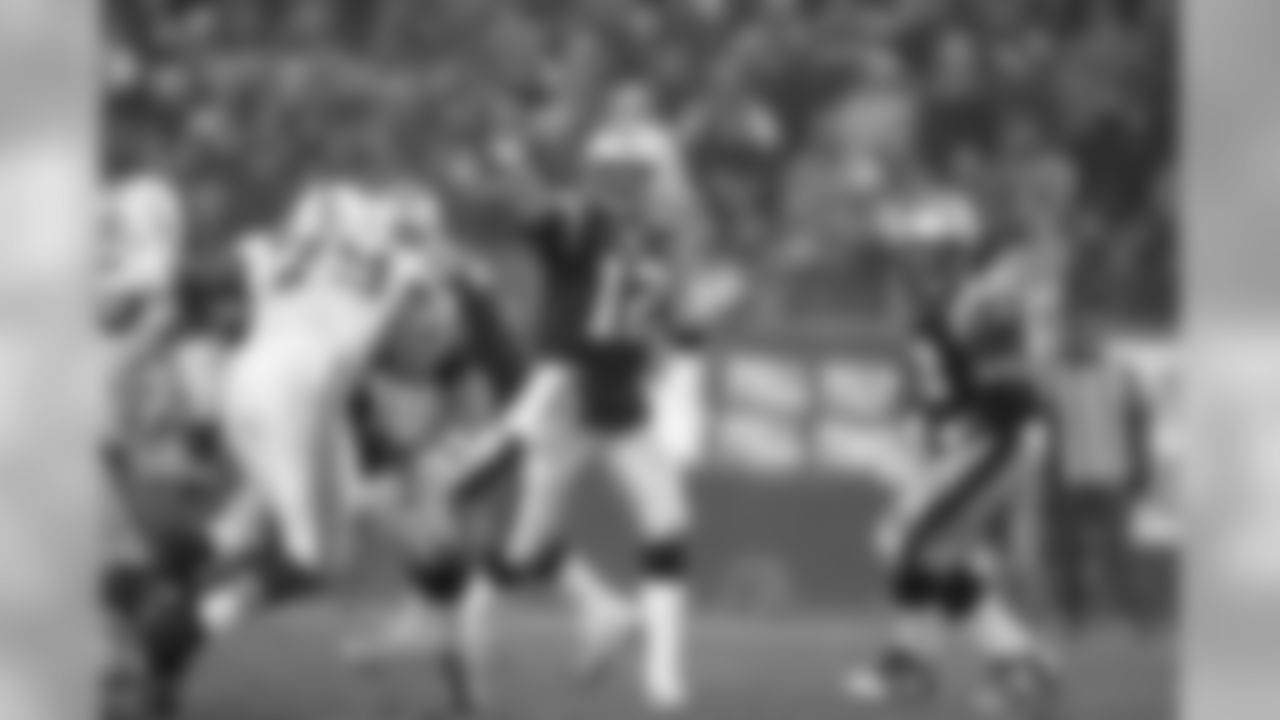
New England Patriots quarterback Tom Brady (12) looks to pass the ball during an NFL football game against the Indianapolis Colts, Sunday, Jan. 16, 2005 in Foxboro. The Patriots won the AFC divisional playoff game, 20-3. (AP Photo/Joe Robbins)
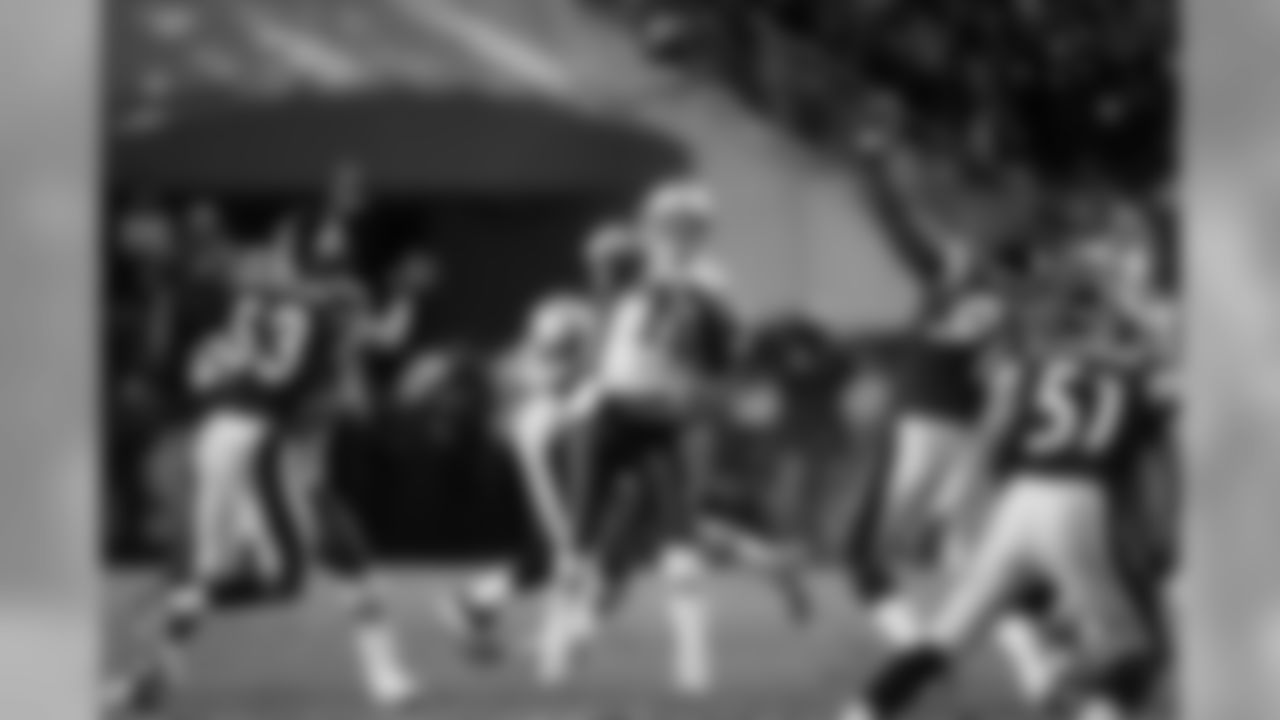
Quarterback Tom Brady #12 of the New England Patriots unloads a pass against the Pittsburgh Steelers during the AFC Championship game at Heinz Field on January 23, 2005 in Pittsburgh, Pennsylvania. The Pats defeated the Steelers 41-27. (AP Photo/Paul Spinelli)

Indianapolis Colts' Peyton Manning (18) and New England Patriots' Tom Brady pose before an AFC practice for Sunday's Pro Bowl game, at the Iolani Resort in Kapolei, Hawaii, Thursday, Feb. 10, 2005. (AP Photo/Ronen Zilberman)

New England Patriots quarterback Tom Brady tosses the ball to San Diego Chargers quarterback Drew Brees during an AFC practice for the upcoming Pro Bowl at the Iolani Resort in Kapolei, Hawaii Wednesday, Feb. 9, 2005. (AP Photo/Ronen Zilberman)

New England Patriots quarterback Tom Brady, right, throws under pressure from Miami Dolphins Jason Taylor (99) during the first quarter in Foxborough,Mass., Sunday, Oct., 8, 2006. New England won, 20-10. (AP Photo/Chitose Suzuki)

ATLANTA - AUGUST 11: Tom Brady #12 of the New England Patriots smiles as he watches the action from the sidelines in a preseason game against the Atlanta Falcons on August 11, 2006 at the Georgia Dome in Atlanta, Georgia. The Falcons defeated the Patriots 26-23. (AP Photo/Scott Boehm)
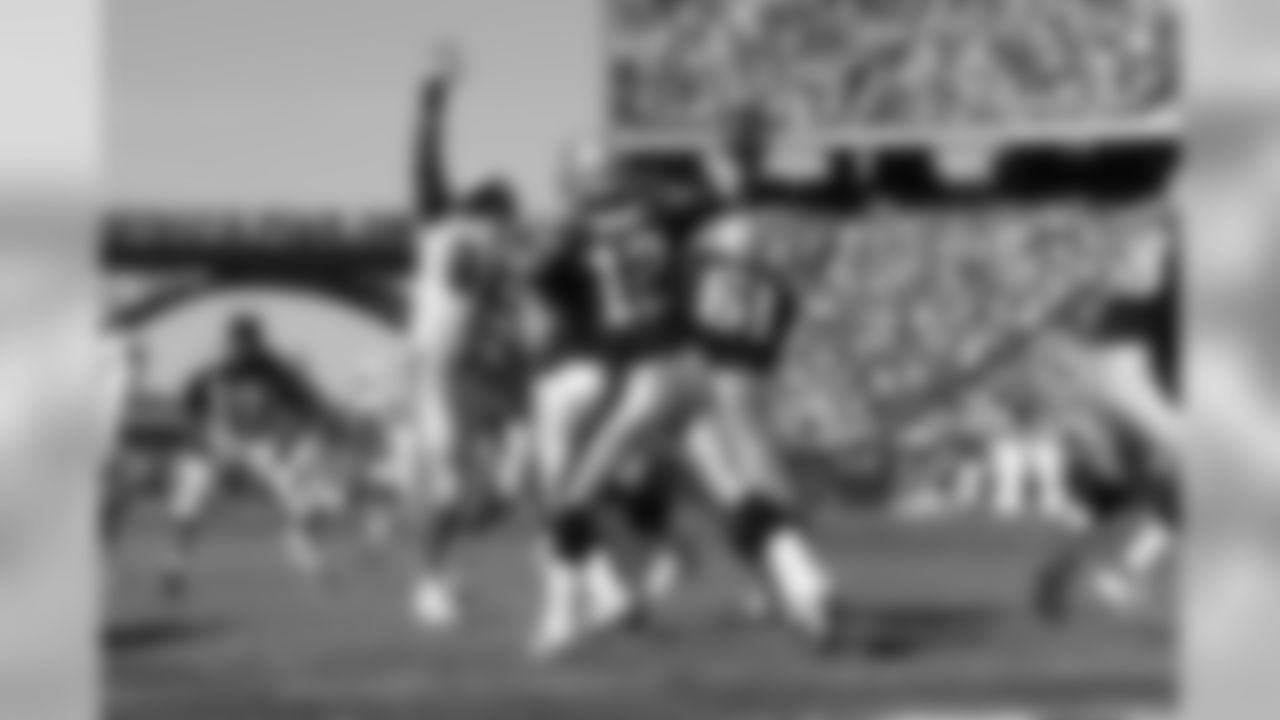
FOXBORO, MA - OCTOBER 8: Quarterback Tom Brady #12 of the New England Patriots passes the football against the Miami Dolphins on October 8, 2006 at Gillette Stadium in Foxboro, Massachusetts. The Patriots defeated the Dolphins 20-10. (AP Photo/Scott Boehm)

MINNEAPOLIS, MN - OCTOBER 30: Quarterback Tom Brady #12 of the New England Patriots passes the football against the Minnesota Vikings on October 30, 2006 at the Metrodome in Minneapolis, Minnesota. The Patriots defeated the Vikings 31-7. (AP Photo/Scott Boehm)
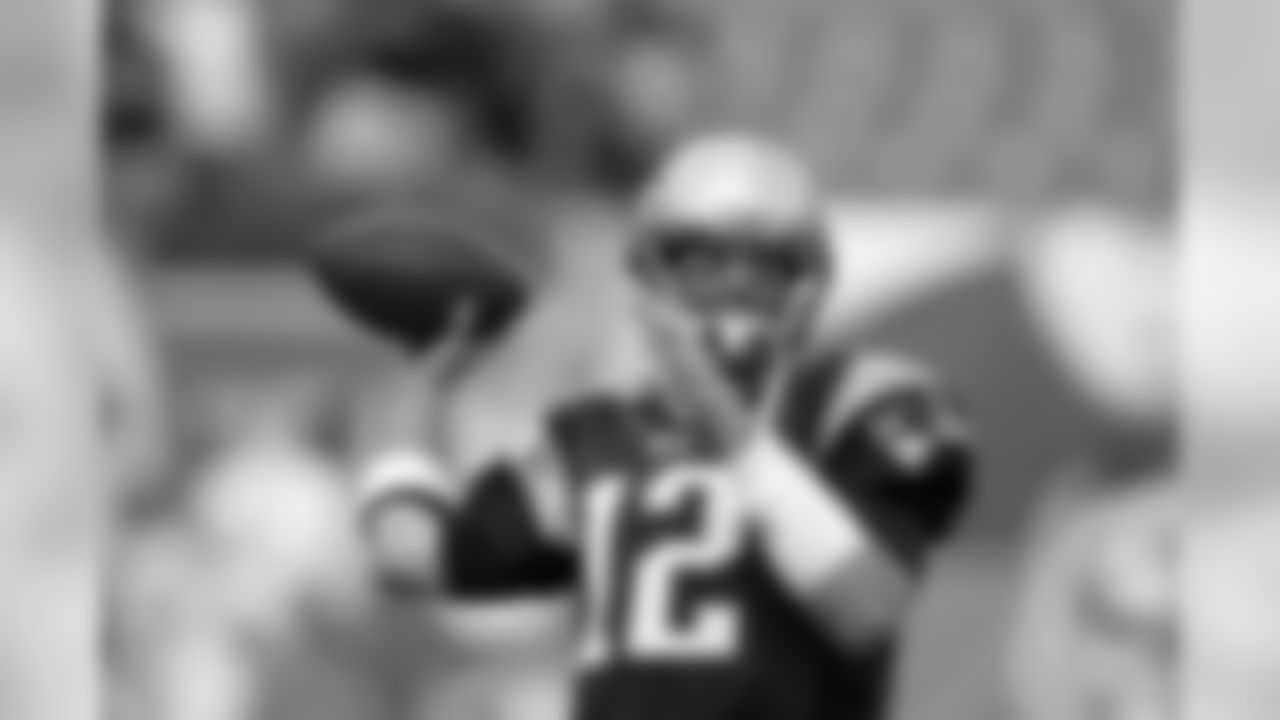
Quarterback Tom Brady of the New England Patriots unloads a pass during pregame warmups against the Miami Dolphins at Dolphin Stadium on December 10, 2006 in Miami, Florida. The Dolphins pitched a shutout as they defeated the Patriots 21-0. (AP Photo/Paul Spinelli)

Quarterback Tom Brady #12 of the New England Patriots scrambles against the Green Bay Packers at Lambeau Field on November 19, 2006 in Green Bay, Wisconsin. The Patriots beat the Packers 35-0. (AP Photo/David Stluka)

New England Patriots quarterback Tom Brady passes for a first down in the fourth quarter against the New York Jets in NFL football action Sunday, Sept. 17, 2006 in East Rutherford, N.J. The Patriots won 24-17. (AP Photo/Julie Jacobson)

New England Patriots quarterback Tom Brady passes against the Cincinnati Bengals during their NFL football game, Sunday, Oct. 1, 2006, in Cincinnati. (AP Photo/Tom Uhlman)
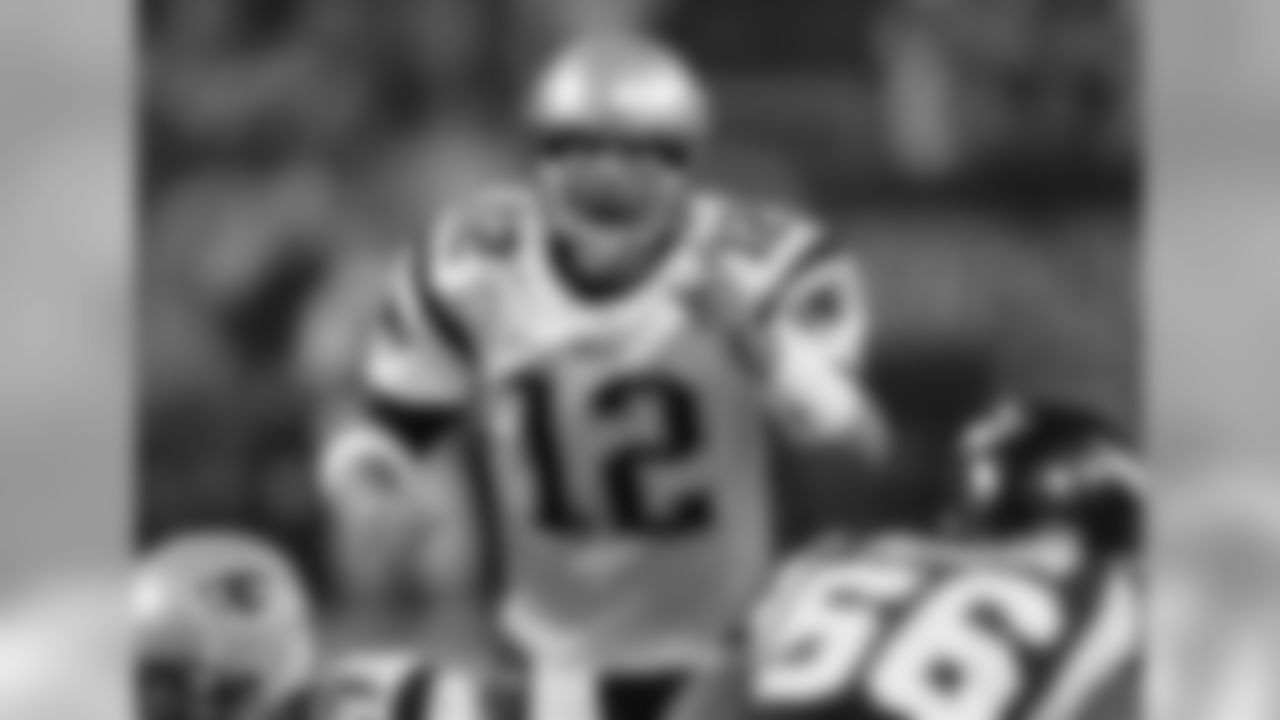
New England Patriots quarterback Tom Brady calls out a play during the second quarter of an NFL football game against the Minnesota Vikings in Minneapolis, Monday, Oct. 30, 2006. The Patriots beat the Vikings 31-7. (AP Photo/Ann Heisenfelt)

New England Patriots quarterback Tom Brady (12) hands the ball to running back Corey Dillon (28) during the first quarter of a preseason NFL football game against the Arizona Cardinals in Foxborough, Mass., Saturday night, Aug. 19, 2006. The Patriots won 30-3. (AP Photo/Stephan Savoia)

New England Patriots quarterback Tom Brady celebrates his fourth-quarter touchdown pass to Kevin Faulk during his team's 37-16 win over the New York Jets in an AFC wild-card playoff football game in Foxborough, Mass., Sunday, Jan. 7, 2007. (AP Photo/Elise Amendola)

EAST RUTHERFORD, NJ - SEPTEMBER 9: Quarterback Tom Brady #12 of the New England Patriots passes the football against the New York Jets at the Giants Stadium on September 9, 2007 in East Rutherford, New Jersey. The Patriots defeated the Jets 38-14. (AP Photo/Scott Boehm)
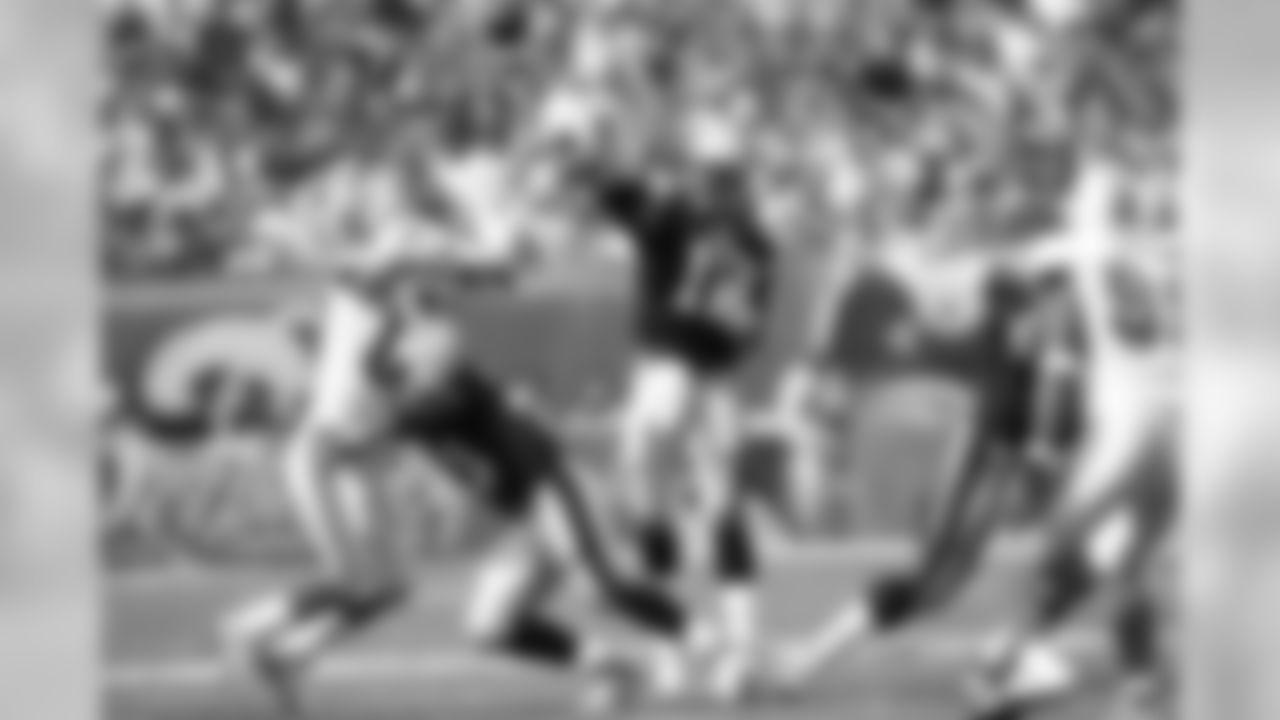
Tom Brady #12 of the New England Patriots throws a pass during action against the Miami Dolphins on October 21, 2007 in Miami, Florida. New England defeated Miami 49-28. (AP Photo/G. Newman Lowrance)

Tom Brady #12 of the New England Patriots calls blocking assignments as he waits for the snap from Dan Koppen #67 against the Cincinnati Bengals on October 1, 2007 in Cincinnati, Ohio. The Patriots defeated the Bengals 34-13. (AP Photo/G. Newman Lowrance)
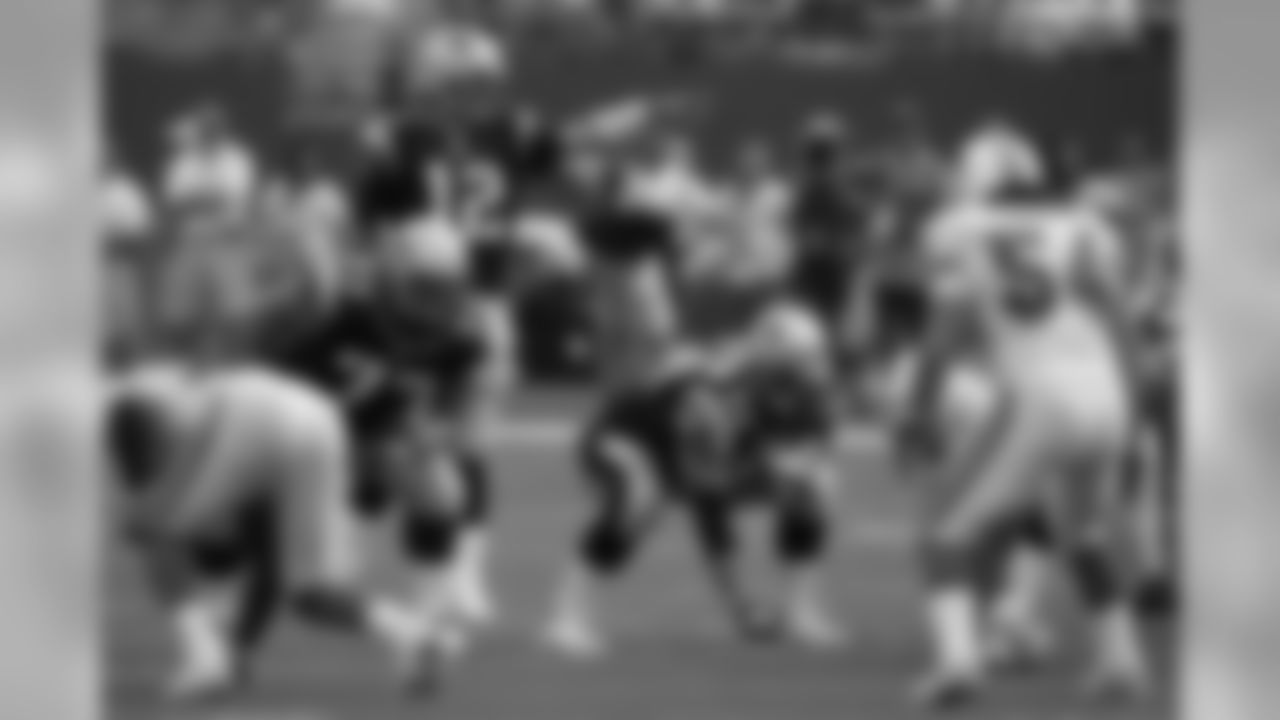
MIAMI - OCTOBER 21: Quarterback Tom Brady #12 of the New England Patriots shouts out play calls against the Miami Dolphins on Sunday, October 21, 2007 in Miami, Florida. The Patriots defeated the Dolphins 49-28. (AP Photo/Thomas E. Witte) Tom Brady

New England Patriots linebacker Tedy Bruschi, left, chats with quarterback Tom Brady before the start of their NFL football game against the New York Giants at Giants Stadium in East Rutherford, N.J., on Saturday, Dec. 29, 2007. (AP Photo/Kathy Willens)

New England Patriots quarterback Tom Brady calls out signals during their football game against the Pittsburgh Steelers at Gillette Stadium in Foxborough, Mass. Sunday, Dec. 9, 2007. (AP Photo/Winslow Townson)

New England Patriots quarterback Tom Brady throws past New York Jets' Bryan Thomas during their 20-10 win in a football game at Gillette Stadium in Foxborough, Mass. Sunday, Dec. 16, 2007. (AP Photo/Winslow Townson)

New England Patriots quarterback Tom Brady (12), wide receiver Wes Welker (83) and wide receiver Randy Moss, rear, watch their teammates on the video scoreboard during the second quarter of a football game against the Miami Dolphins in Foxborough, Mass., Sunday, Dec. 23, 2007. (AP Photo/Elise Amendola)

SAN DIEGO - JANUARY 14: Tom Brady #12 of the New England Patriots on the line.The New England Patriots defeat the San Diego Chargers 24-21 in the AFC Divisional Playoff game at Qualcomm Stadium on January 14, 2007 in San Diego, California. (AP Photo/Tom Hauck)

New England Patriots quarterback Tom Brady (12) calls out a play from the line in the first quarter of NFL football action in Indianapolis, Sunday, Nov. 4, 2007. (AP Photo/Jeff Roberson)

New England Patriots quarterback Tom Brady (12) looks to pass during an NFL football game against the Cincinnati Bengals, Monday, Oct. 1, 2007, in Cincinnati. Also pitcured are Bengals' Bryan Robinson (98), Patriots' Nick Kaczur (77) and Russ Hochstein (71). (AP Photo/David Kohl)
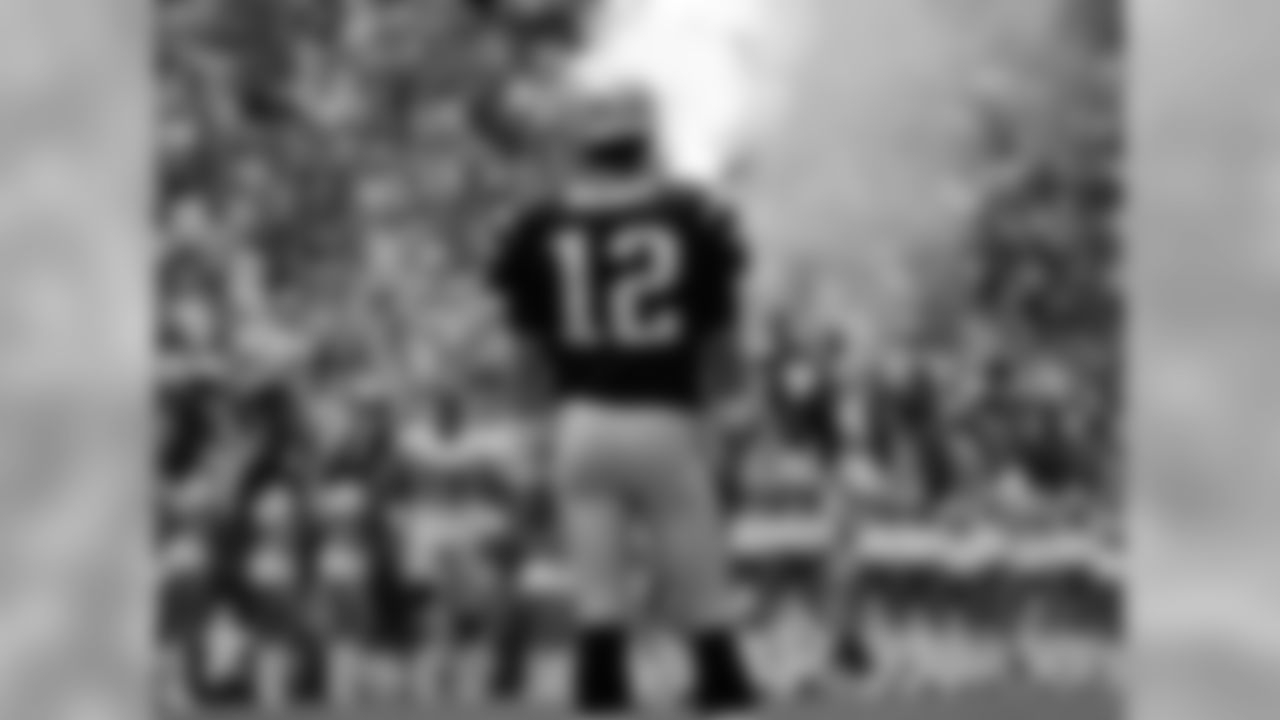
New England Patriots quarterback Tom Brady watches the game opening ceremony before their NFL football game against the Dallas Cowboys, Sunday, Oct. 14, 2007, in Irving, Texas. (AP Photo/Matt Slocum)

New England Patriots quarterback Tom Brady lets a pass go over the pressure from Cleveland Browns' Kamerion Wimbley and Willie McGinest (55) during the second quarter of New England's 34-17 win in a football game at Gillette Stadium in Foxborough, Mass. Sunday, Oct. 7, 2007. Brady threw for 265 yards and three touchdowns in the win. (AP Photo/Winslow Townson)
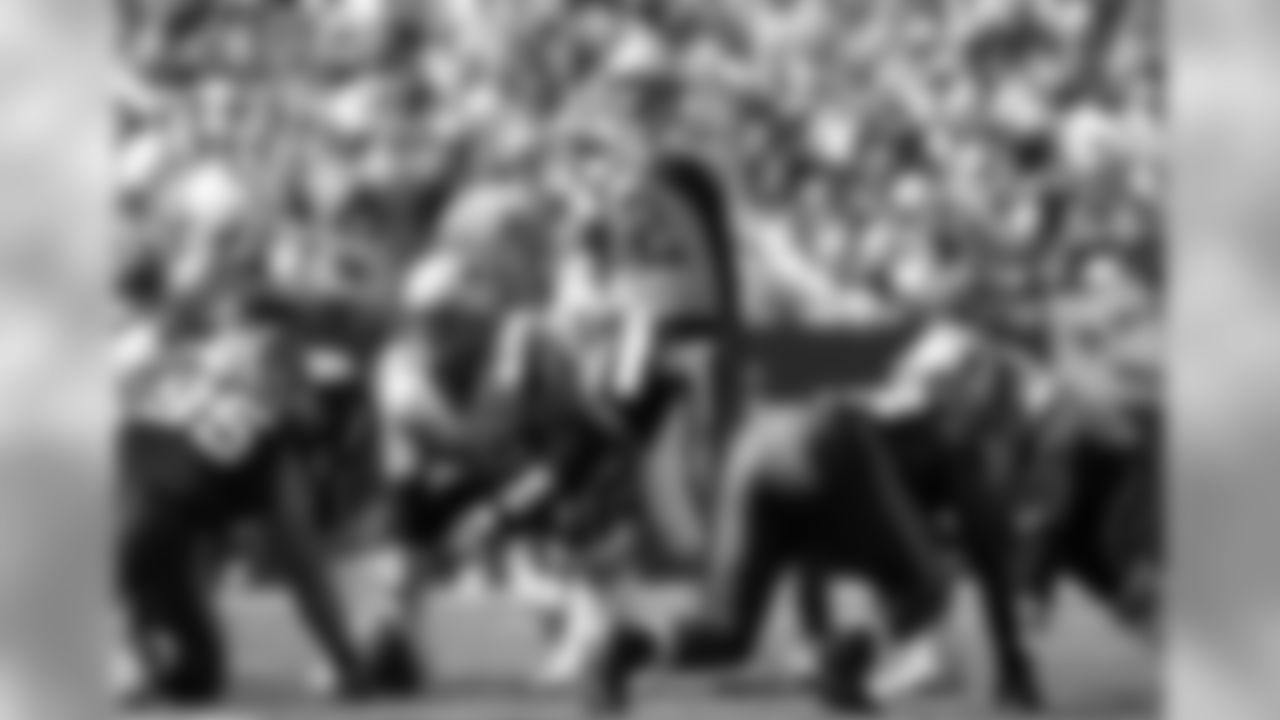
New England Patriots quarterback Tom Brady shouts out signals during their 38-7 win over the Buffalo Bills in a football game at Gillette Stadium in Foxborough, Mass. Sunday, Sept. 23, 2007. Brady threw for 311 yards and four touchdowns in the win. (AP Photo/Winslow Townson)

San Diego Chargers quarterback Philip Rivers, left, shakes hands with New England Patriots quarterback Tom Brady following their AFC Divisional playoff football game in San Diego, Sunday, Jan. 14, 2007. The Patriots won the game 24-21. (AP Photo/Mark J. Terrill)
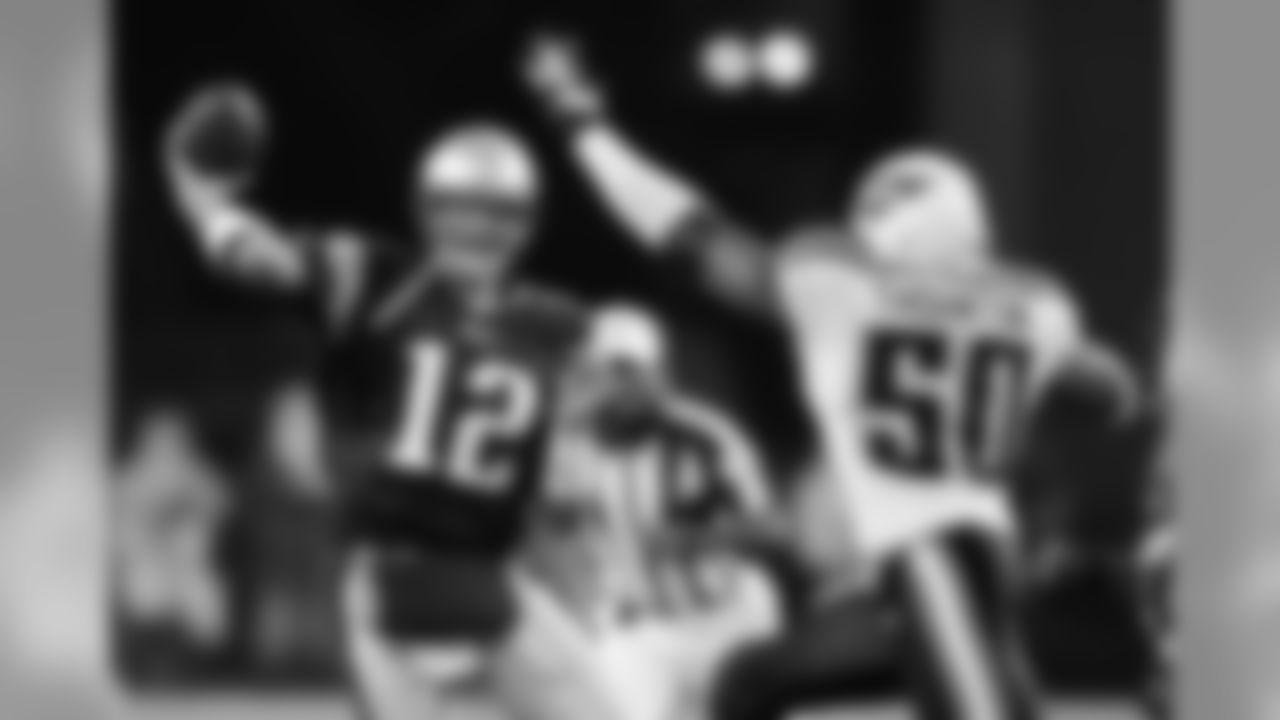
New England Patriots' Tom Brady (12) passes under pressure from Tennessee Titans' David Thornton (50) in the second quarter of an NFL preseason football game Friday, Aug. 17, 2007, in Foxborough, Mass. (AP Photo/Michael Dwyer)

New England Patriots quarterback Tom Brady, right, throws a pass during second-quarter NFL football against the New York Jets, Sunday, Sept. 9, 2007 at Giants Stadium in East Rutherford, N.J. Brady completed 22 of 28 attempts for 297 yards and three touchdowns as the Patriots beat the Jets, 38-14. (AP Photo/Bill Kostroun)

xxx runs past xxx during the second quarter of an NFL football game Sunday, Sept. 20, 2009 in East Rutherford, N.J. (AP Photo/Bill Kostroun)
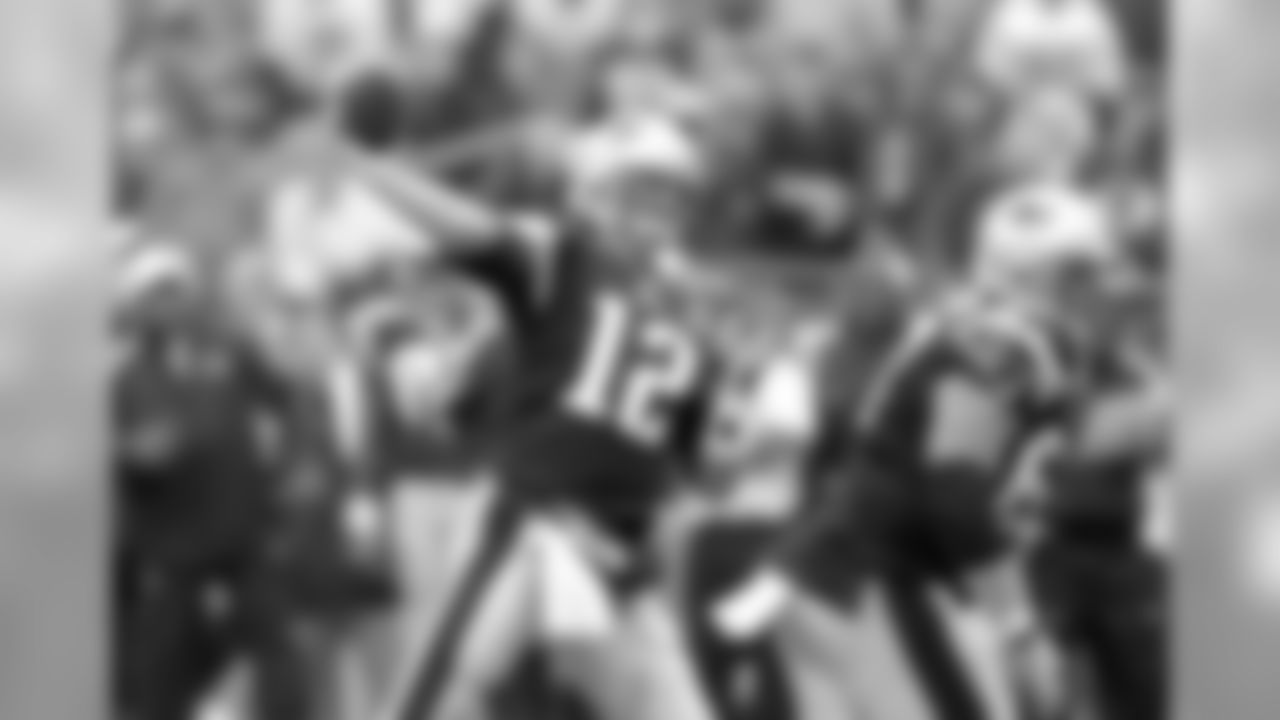
New England Patriots quarterback Tom Brady (12) during their NFL football game against the Atlanta Falcons in Foxborough, Mass., Sunday afternoon, Sept. 27, 2009. (AP Photo/Stephan Savoia)
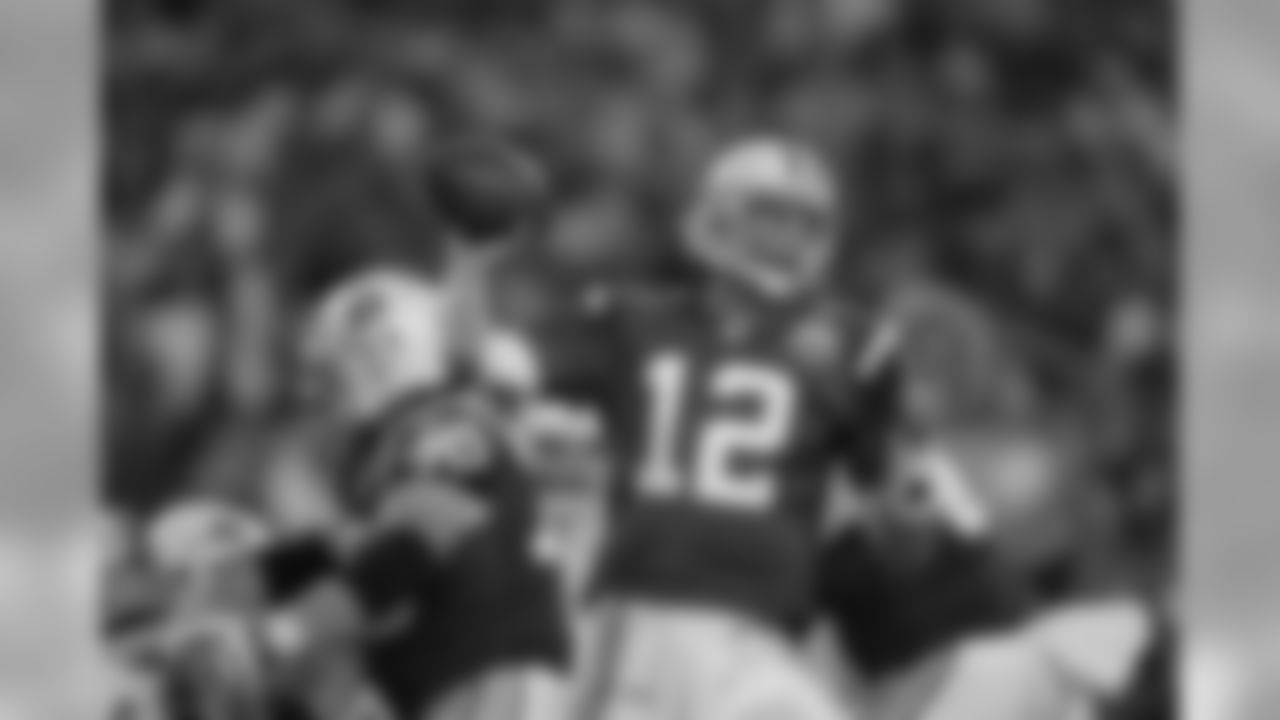
New England Patriots quarterback Tom Brady (12) looks to pass in the third quarter during an NFL football game against the Buffalo Bills, Monday, Sept. 14, 2009, in Foxborough, Mass. (AP Photo/Steven Senne)
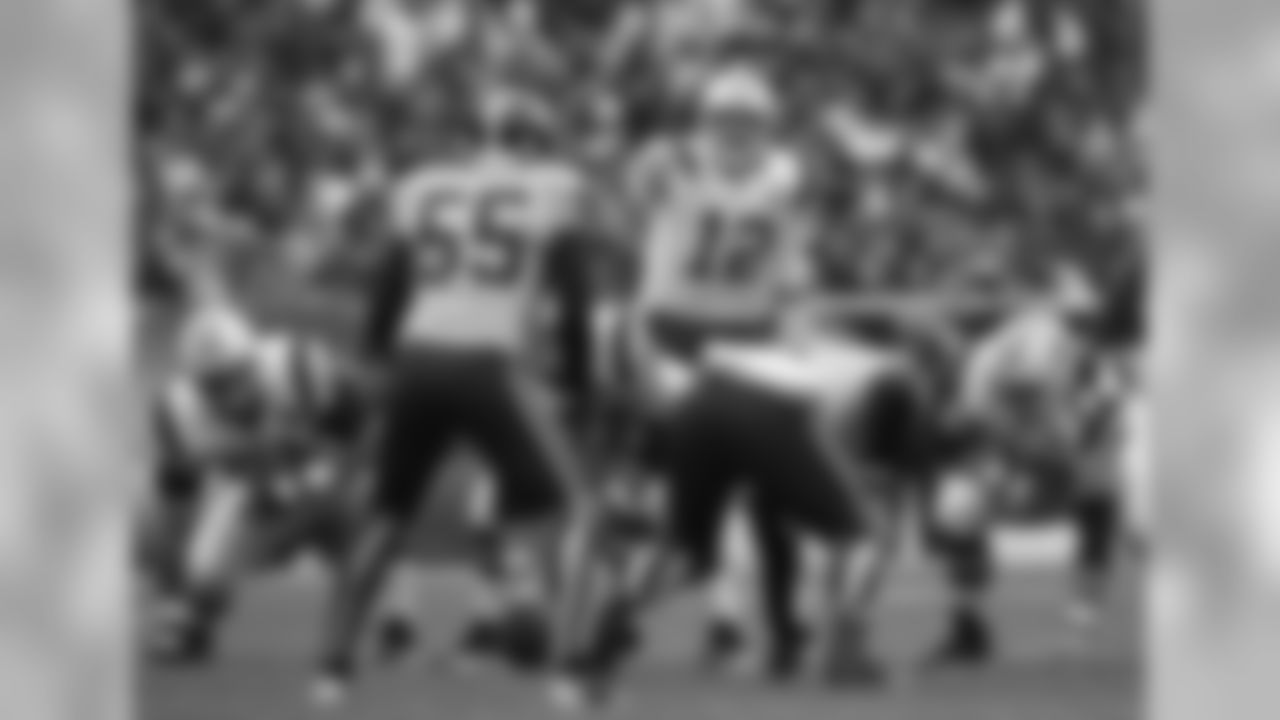
New England Patriots quarterback Tom Brady (12) points to the defense of the Denver Broncos during an NFL football game in Denver, Sunday, Oct. 11, 2009. (AP Photo/Jack Dempsey)

New England Patriots quarterback Tom Brady (12) calls a play while behind center Dan Koppen (67) during the second quarter of an NFL football game against the Denver Broncos on Sunday, Oct. 11, 2009, in Denver. (AP Photo/Chris Schneider)

New England Patriots quarterback Tom Brady (12) watches a video replay during the NFL football game against the Baltimore Ravens at Gillette Stadium in Foxborough, Mass., Sunday, Oct. 4, 2009. The Patriots defeated the Ravens 27-21. (AP Photo/Robert E. Klein)
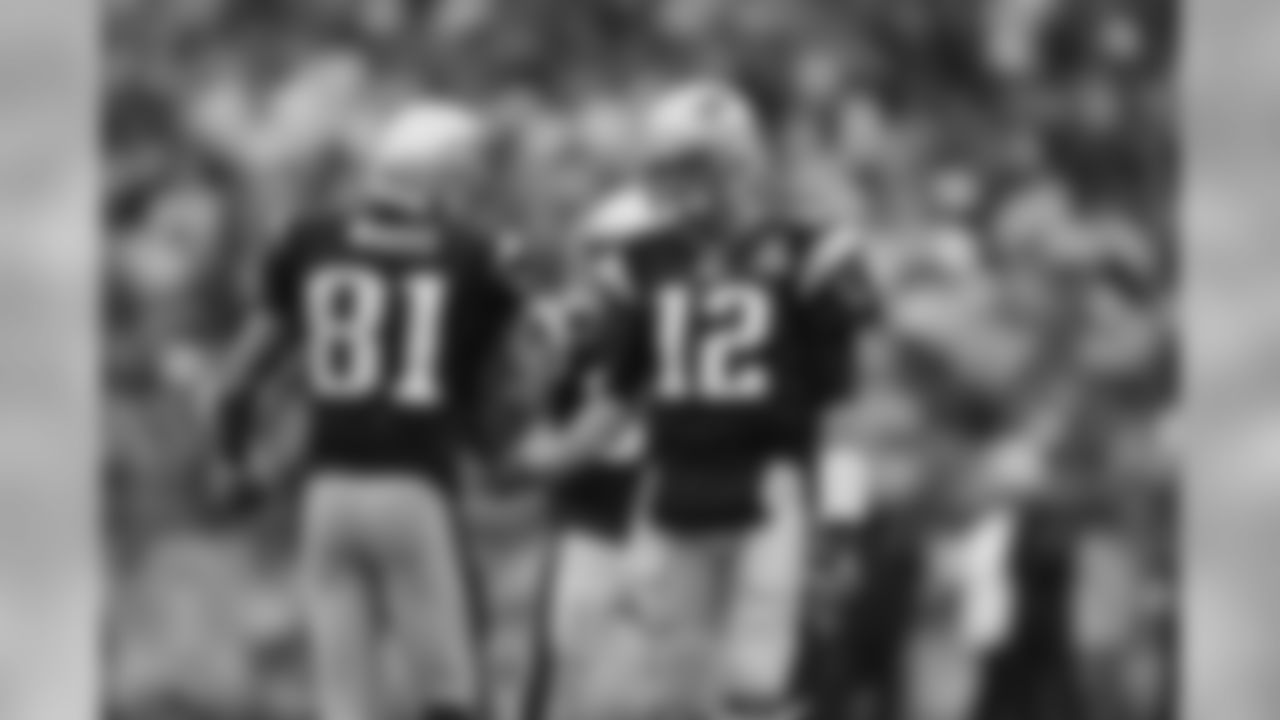
New England Patriots quarterback Tom Brady shakes hands with teammate Randy Moss during the first half of a NFL football game in Foxborough, Mass., Sunday, Sept. 27, 2009. (AP Photo/Winslow Townson)

New England Patriots quarterback Tom Brady (12) passes the ball under defensive pressure from Baltimore Ravens nose tackle Haloti Ngata (92) during the first half of an NFL football game Sunday, Oct. 4, 2009, in Foxborough, Mass. (AP Photo/Elise Amendola)
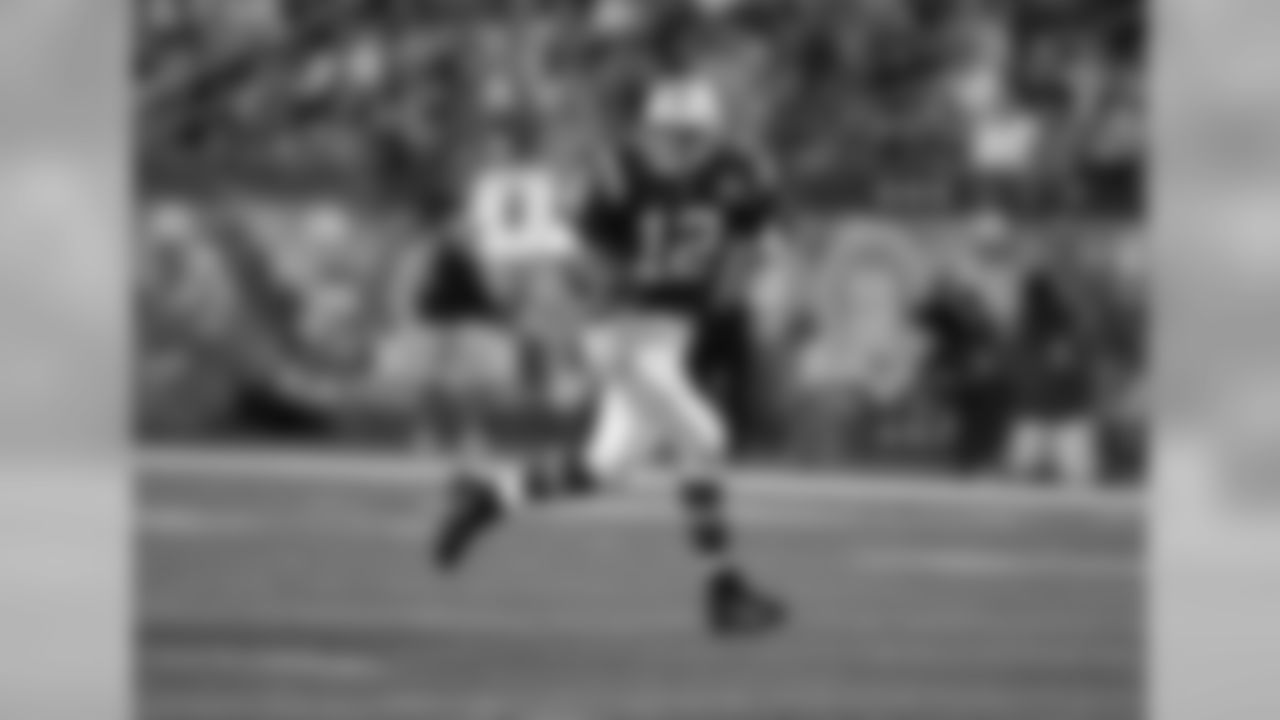
New England Patriots quarterback Tom Brady (12) runs against the Buffalo Bills in the fourth quarter during an NFL football game, Monday, Sept. 14, 2009, in Foxborough, Mass. (AP Photo/Winslow Townson)
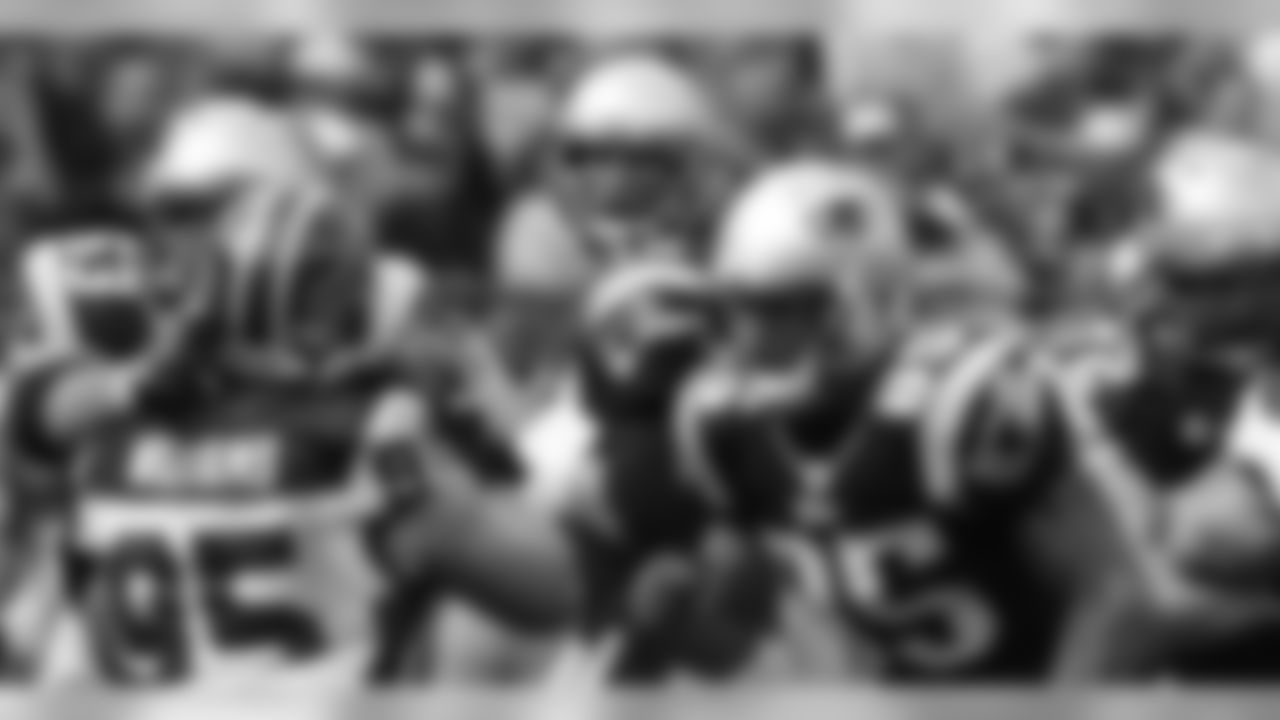
New England Patriots quarterback Tom Brady, center, looks for an free receiver as the Buffalo Bills try to break through during the first half of an NFL football game in Foxborough, Mass., Sunday, Sept. 26, 2010. (AP Photo/Charles Krupa)

New England Patriots quarterback Tom Brady looks to throw against the San Diego Chargers in the first half during an NFL football game Sunday, Oct. 24, 2010, in San Diego. (AP Photo/Gregory Bull)

New England Patriots quarterback Tom Brady looks to pass against the San Diego Chargers in the first half during an NFL football game Sunday, Oct. 24, 2010, in San Diego. (AP Photo/Lenny Ignelzi)
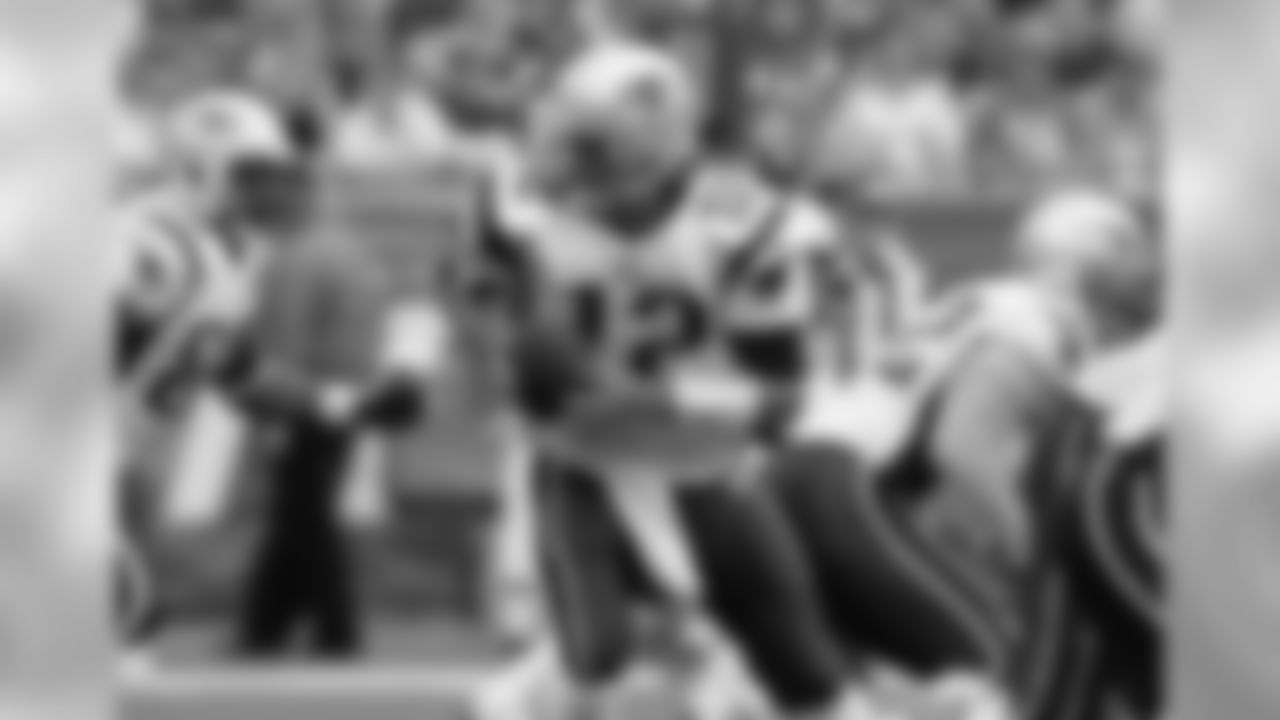
New England Patriots quarterback Tom Brady (12) looks to hand off in the second quarter an NFL football game against the Cincinnati Bengals, Sunday, Sept. 12, 2010, in Foxborough, Mass. (AP Photo/Michael Dwyer)

Tom Brady vs. the Dolphins

New England Patriots quarterback Tom Brady (12) looks to pass during the first quarter of an NFL football game against the New York Jets at New Meadowlands Stadium in East Rutherford, N.J., Sunday, Sept. 19, 2010. (AP Photo/Bill Kostroun)
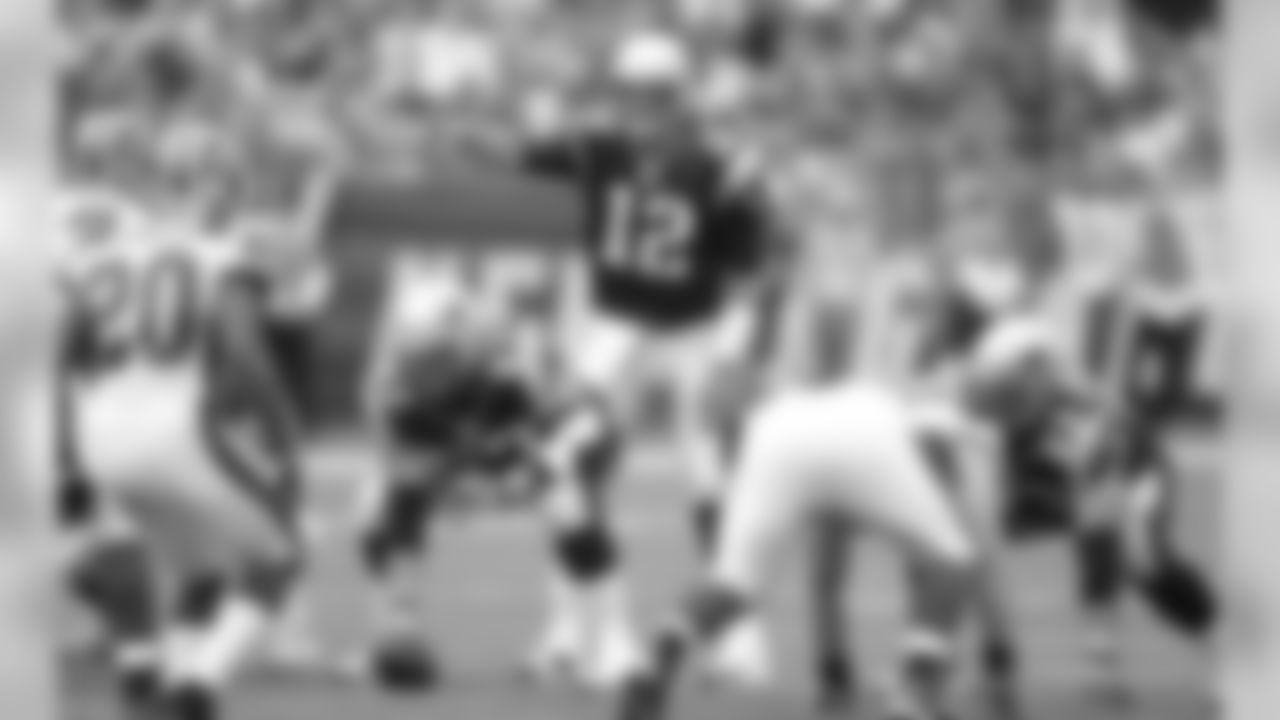
New England Patriots quarterback Tom Brady (12) during an NFL football game against the Buffalo Bills in Foxborough, Mass., Sunday, Sept. 26, 2010.(AP Photo/Stephan Savoia)

New England Patriots quarterback Tom Brady (12) calls a play in the first quarter of an NFL football game against the Baltimore Ravens, Sunday, Oct. 17, 2010, in Foxborough, Mass. (AP Photo/Michael Dwyer)

New England Patriots quarterback Tom Brady points during the first quarter of an NFL football game against the Miami Dophins in Foxborough, Mass., Sunday Jan. 2, 2011.(AP Photo/Charles Krupa)
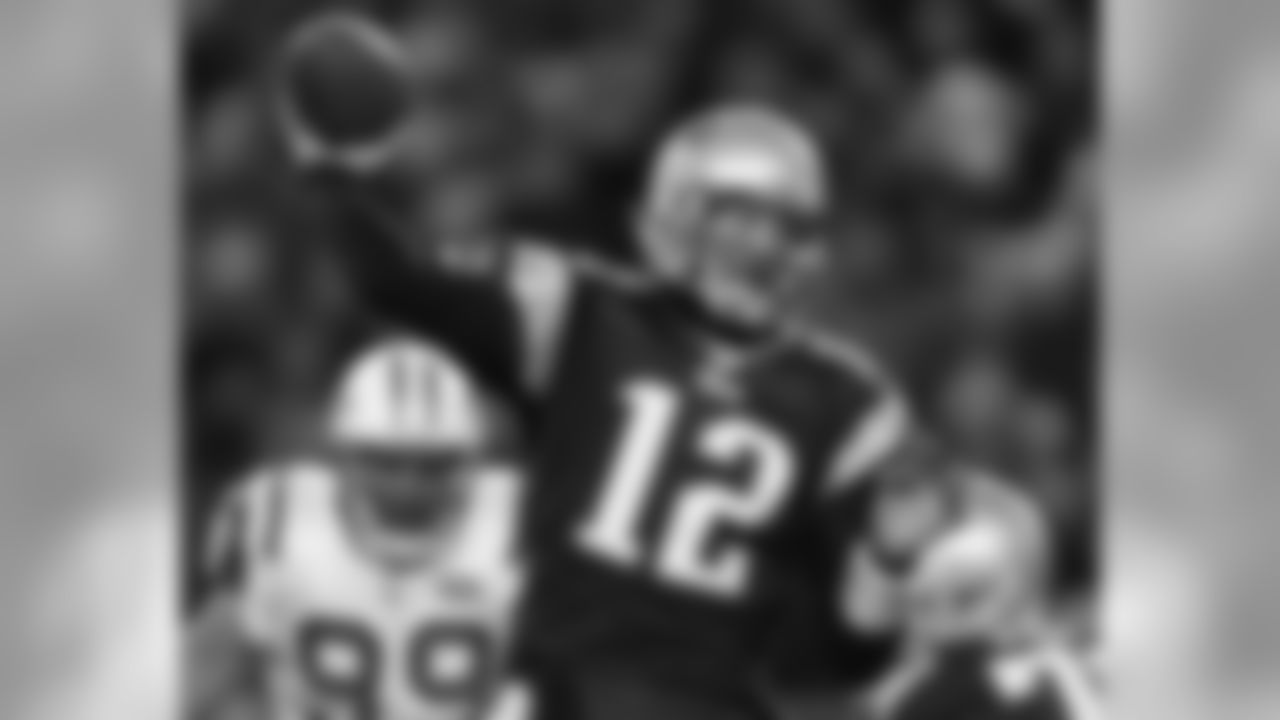
New England Patriots quarterback Tom Brady (12) looks to pass against the New York Jets during the second half of an NFL divisional playoff football game in Foxborough, Mass., Sunday, Jan. 16, 2011. (AP Photo/Winslow Townson)

New England Patriots quarterback Tom Brady shouts instructions during the first half of an NFL divisional playoff football game against the New York Jets in Foxborough, Mass., Sunday, Jan. 16, 2011. (AP Photo/Charles Krupa)

New England Patriots quarterback Tom Brady throws during warm ups prior to facing the Miami Dolphins in an NFL football game in Foxborough, Mass., Sunday Jan. 2, 2011.(AP Photo/Charles Krupa)

New England Patriots quarterback Tom Brady (12) looks to throw as his offensive line holds back Miami Dolphins defenisve tackle Randy Starks (94) and linebacker Cameron Wake (91) during the first quarter of an NFL football game in Foxborough, Mass., Sunday, Jan. 2, 2011. (AP Photo/Charles Krupa)

New England Patriots quarterback Tom Brady (12) stands with his team during a timeout in the second quarter of an NFL football game against the Miami Dolphins in Foxborough, Mass., Sunday, Jan. 2, 2011. (AP Photo/Michael Dwyer)

New England Patriots quarterback Tom Brady speaks to a teammate before an NFL divisional playoff football game against the New York Jets in Foxborough, Mass., Sunday, Jan. 16, 2011. (AP Photo/Winslow Townson)

New England Patriots quarterback Tom Brady (12) celebrates after scoring a one yard touchdown during the second half of the AFC Championship NFL football game against the Baltimore Ravens Sunday, Jan. 22, 2012, in Foxborough, Mass. (AP Photo/Stephan Savoia)

New England Patriots quarterback Tom Brady (12) prepares to take the snap from center during an AFC Championship NFL football Playoff game against the Baltimore Ravens on January 22, 2012. The Patriots defeated the Ravens 23-20 in the AFC Championship Game at Gillette Stadium in Foxborough, Massachusetts. (AP Photo/Kevin Terrell)

New England Patriots quarterback Tom Brady (12) sets up to pass during an AFC Championship NFL football Playoff game against the Baltimore Ravens on January 22, 2012. The Patriots defeated the Ravens 23-20 in the AFC Championship Game at Gillette Stadium in Foxborough, Massachusetts. (AP Photo/Kevin Terrell)

New England Patriots quarterback Tom Brady (12) signals at the line of scrimmage against the Buffalo Bills during the third quarter of an NFL football game in Foxborough, Mass., Sunday Jan. 1, 2012. (AP Photo/Elise Amendola)

FILE - In this Jan. 1,2012 file photo, New England Patriots quarterback Tom Brady (12) scrambles against the Buffalo Bills during their NFL football game at Gillette Stadium in Foxborough, Mass. Tom Martinez, the longtime personal coach to Patriots quarterback Tom Brady, has died. His wife, Olivia, told the San Mateo Daily Journal that he died Tuesday, Feb. 21, 2012 after suffering a heart attack while receiving dialysis treatment. The San Francisco Chronicle reported he died in Redwood City. He was 67. (AP Photo/Elise Amendola, File)
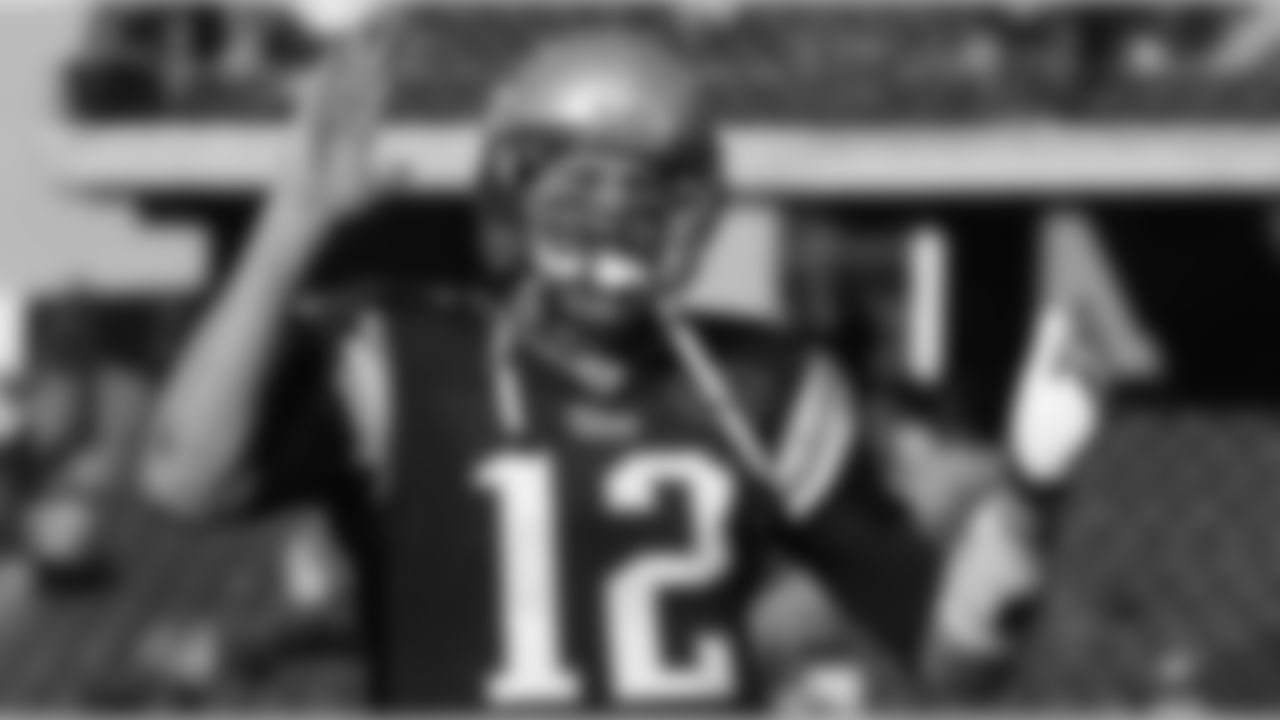
New England Patriots quarterback Tom Brady yells as he runs towards fans prior to an NFL football game against the Buffalo Bills in Foxborough, Mass., Sunday, Jan. 1, 2012. (AP Photo/Charles Krupa)

New England Patriots quarterback Tom Brady warms up before an NFL divisional playoff football game against the Denver Broncos Saturday, Jan. 14, 2012, in Foxborough, Mass. (AP Photo/Charles Krupa)
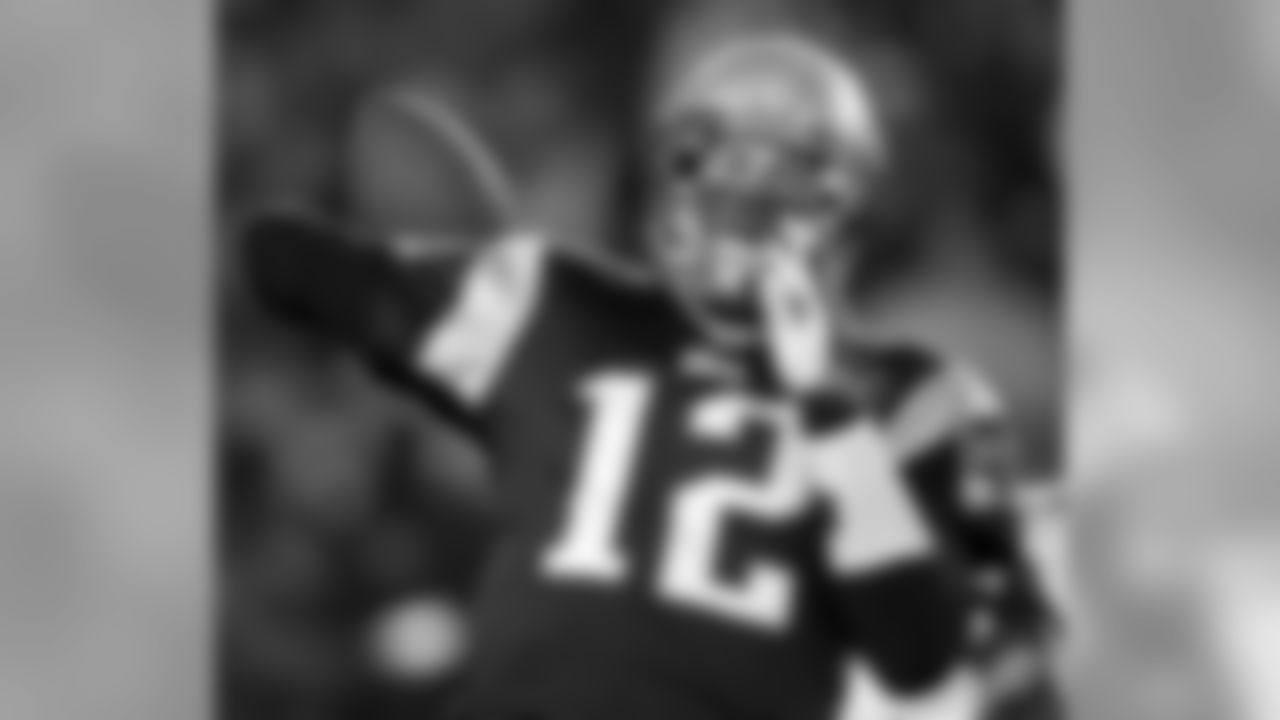
New England Patriots quarterback Tom Brady reaches back to pass during the second half of an NFL divisional playoff football game against the Denver Broncos Saturday, Jan. 14, 2012, in Foxborough, Mass. (AP Photo/Charles Krupa)

New England Patriots quarterback Tom Brady warms up before the NFL football AFC Championship football game against the Baltimore Ravens in Foxborough, Mass., Sunday, Jan. 20, 2013. (AP Photo/Charles Krupa)

New England Patriots quarterback Tom Brady passes during the first half of an AFC divisional playoff NFL football game against the Houston Texans in Foxborough, Mass., Sunday, Jan. 13, 2013. (AP Photo/Stephan Savoia)
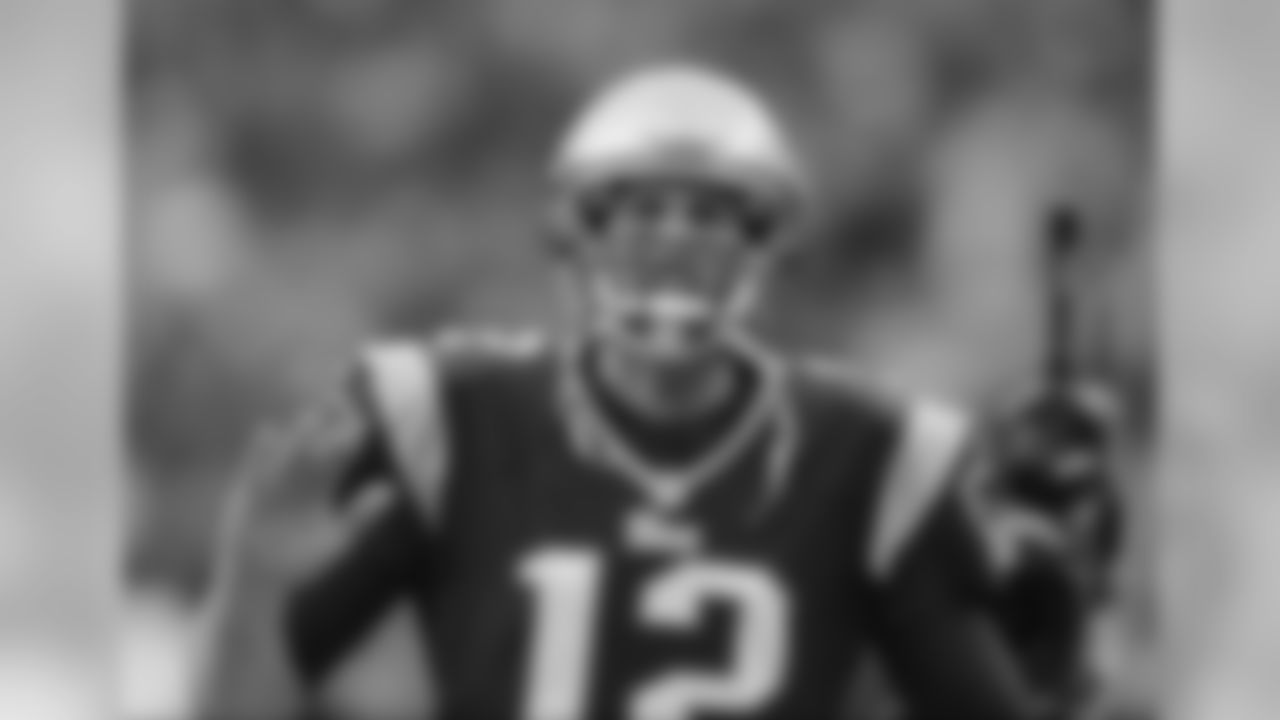
New England Patriots quarterback Tom Brady yells as he runs onto the field before an AFC divisional playoff NFL football game against the Houston Texans in Foxborough, Mass., Sunday, Jan. 13, 2013. (AP Photo/Charles Krupa)

New England Patriots quarterback Tom Brady (12) hands off to running back Danny Woodhead during the first half of an AFC divisional playoff NFL football game against the Houston Texans in Foxborough, Mass., Sunday, Jan. 13, 2013. (AP Photo/Charles Krupa)

New England Patriots quarterback Tom Brady shouts instructions during the first half of the NFL football AFC Championship football game against the Baltimore Ravens in Foxborough, Mass., Sunday, Jan. 20, 2013. (AP Photo/Stephan Savoia)

New England Patriots quarterback Tom Brady looks over his shoulder during the second half of an AFC divisional NFL playoff football game against the Indianapolis Colts in Foxborough, Mass., Saturday, Jan. 11, 2014. (AP Photo/Matt Slocum)

New England Patriots quarterback Tom Brady (12) points as he calls out signals at the line of scrimmage prior to the snap of the football during the AFC Championship Football game against the Denver Broncos in Denver, Colorado on Sunday, January 19, 2014. The Broncos defeated the Patriots 26-16. (AP Photo/Scott Boehm)
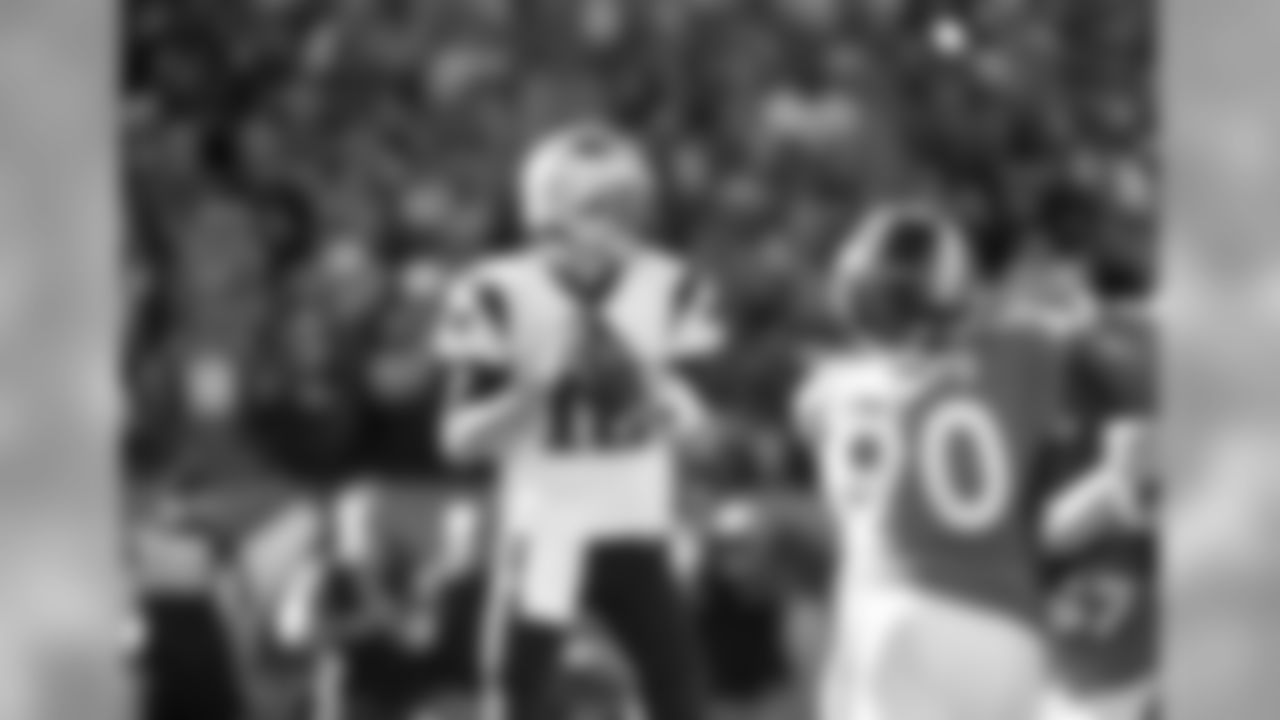
New England Patriots quarterback Tom Brady (12) looks to throw the ball downfield during the AFC Championship NFL football game against the Denver Broncos at Sports Authority Field at Mile High on Sunday, January 19, 2014 in Denver, Colorado. Denver won 26-16 to advance to the Super Bowl. (AP Photo/Aaron M. Sprecher)

New England Patriots quarterback Tom Brady (12) warms up before the AFC Championship NFL playoff football game against Denver Broncos in Denver, Sunday, Jan. 19, 2014. (AP Photo/Joe Mahoney)

FILE - In this Nov. 15, 2015, file photo, New England Patriots quarterback Tom Brady throws a pass against the New York Giants during the second half of an NFL football game, in East Rutherford, N.J. Tom Brady reportedly has agreed to a two-year contract extension with the Patriots. The deal will significantly lessen Brady's salary cap hit for 2016, which would have been about $15 million. He was due to make $9 million next season and $10 million in 2017. Brady, 38, has often redone his contract to help the Patriots' cap situation. He has said he plans to play well into his 40s. (AP Photo/Gary Hershorn, File)
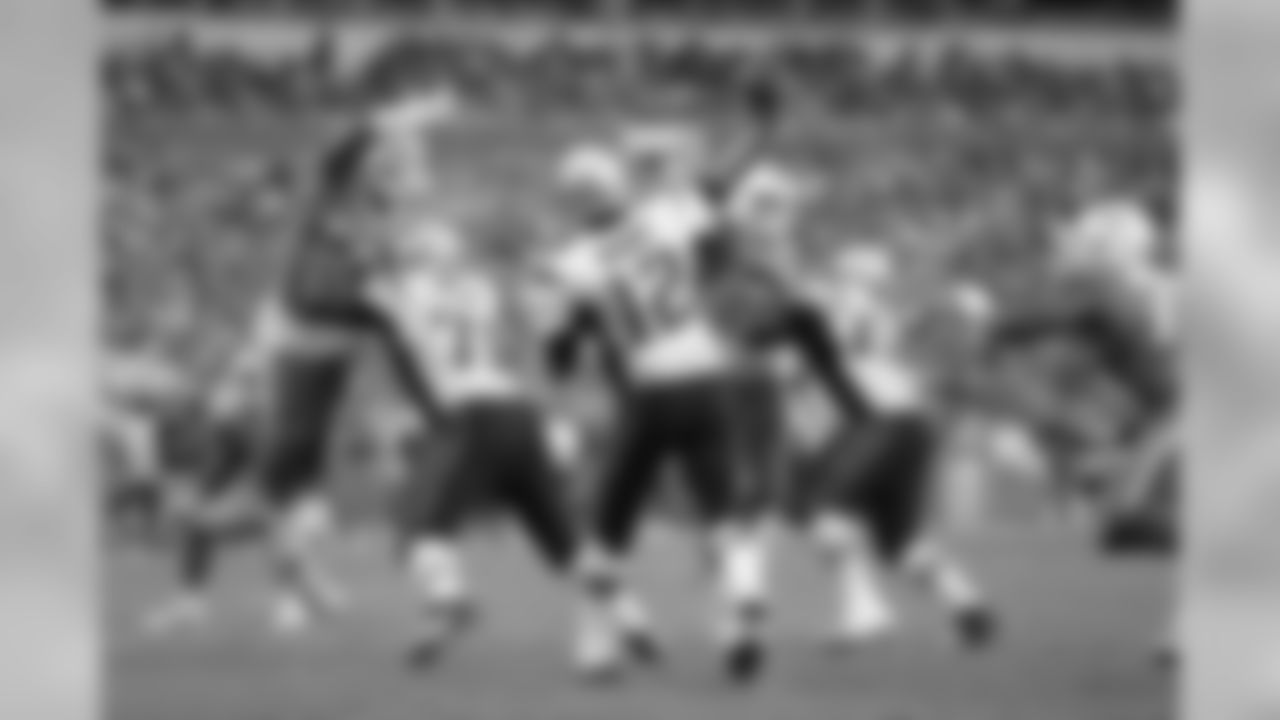
New England Patriots quarterback Tom Brady (12) during the second half of an NFL football game against the Miami Dolphins, Sunday, Jan. 3, 2016, in Miami Gardens, Fla.
(Tom DiPace via AP)
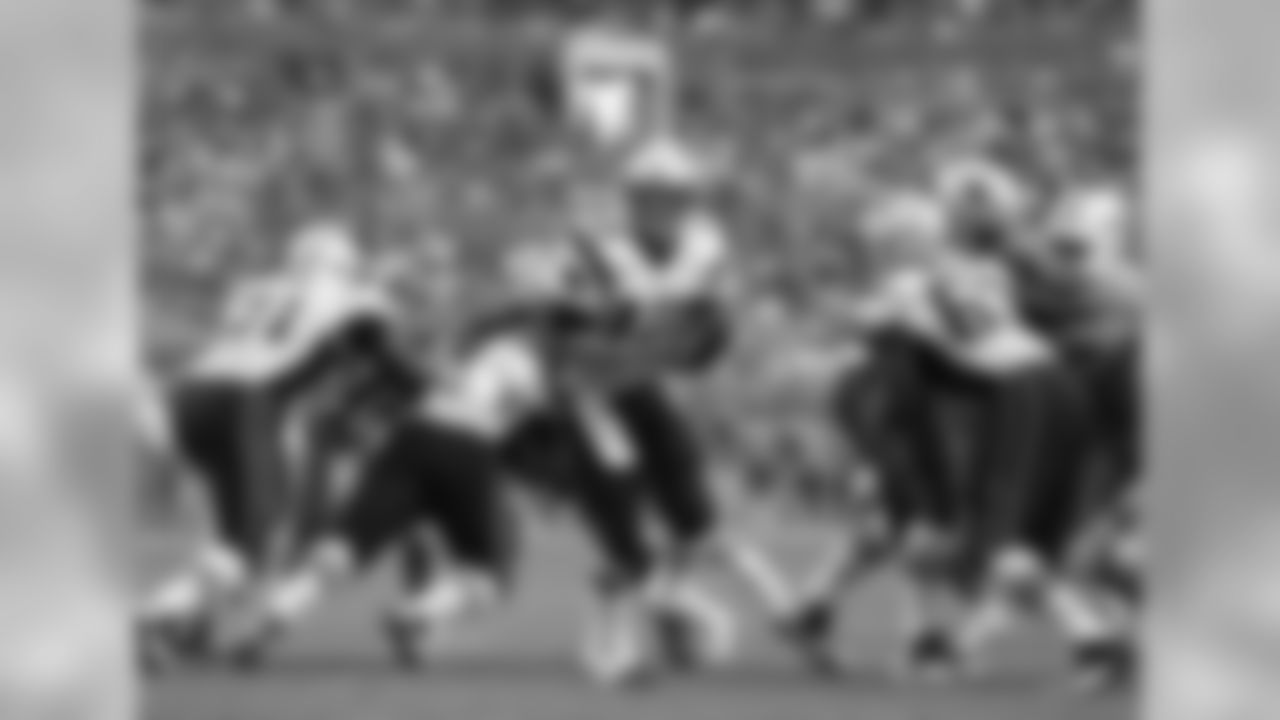
New England Patriots quarterback Tom Brady (12) during the second half of an NFL football game against the Miami Dolphins, Sunday, Jan. 3, 2016, in Miami Gardens, Fla.
(Tom DiPace via AP)

New England Patriots quarterback Tom Brady (12) during the second half of an NFL football game against the Miami Dolphins, Sunday, Jan. 3, 2016, in Miami Gardens, Fla.
(Tom DiPace via AP)
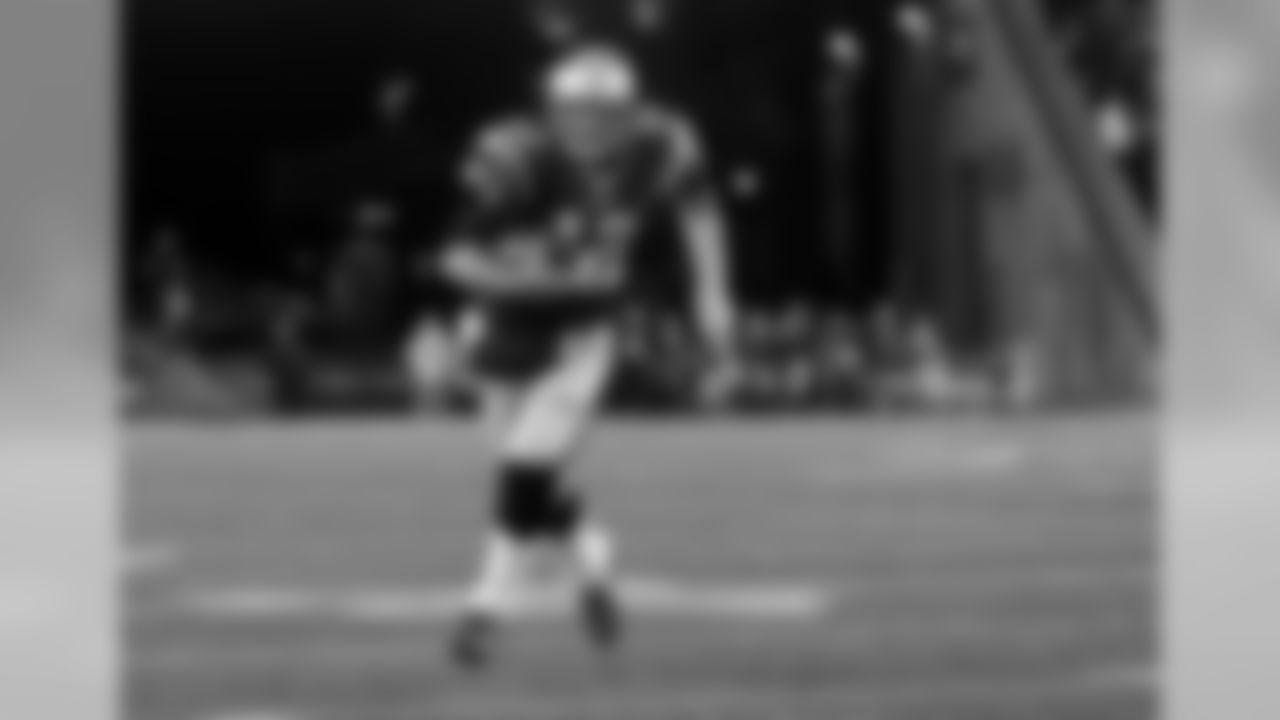
New England Patriots quarterback Tom Brady (12) runs against the Kansas City Chiefs in the first half of an NFL divisional playoff football game, Saturday, Jan. 16, 2016, in Foxborough, Mass. (AP Photo/Steven Senne)
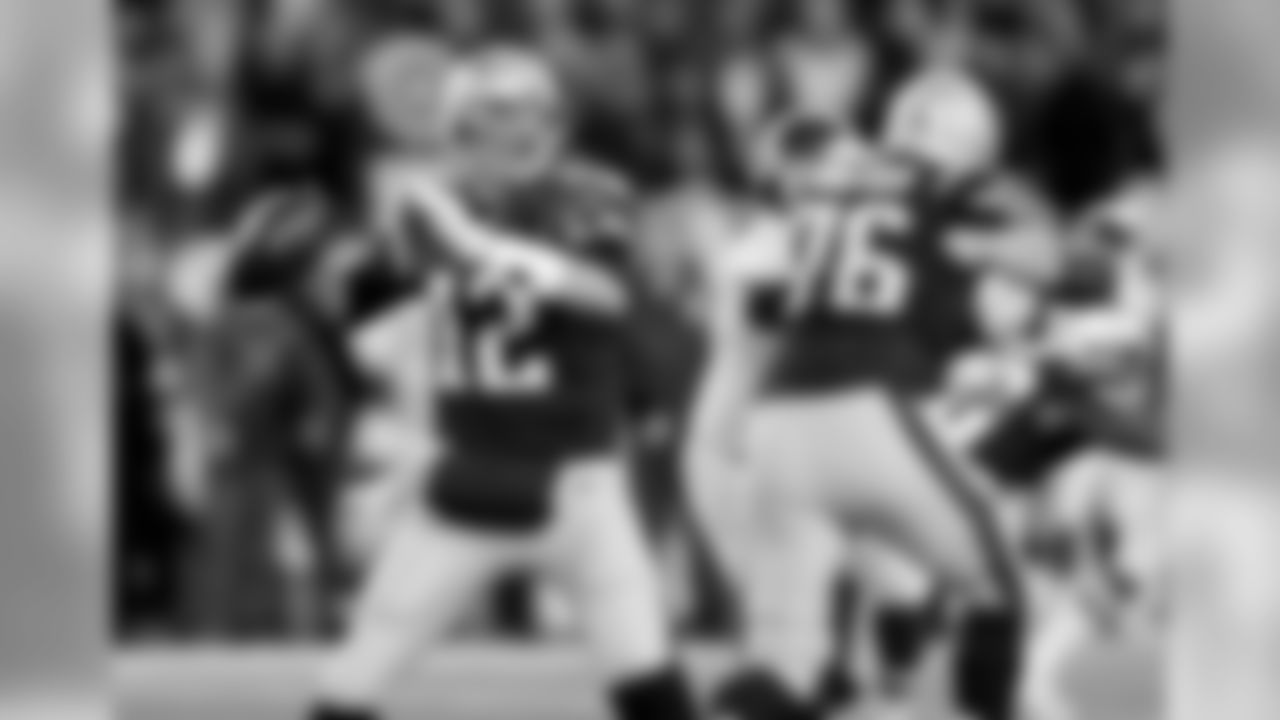
New England Patriots quarterback Tom Brady (12) passes against the Kansas City Chiefs in the first half of an NFL divisional playoff football game, Saturday, Jan. 16, 2016, in Foxborough, Mass. (AP Photo/Charles Krupa)

New England Patriots quarterback Tom Brady warms up before an NFL divisional playoff football game against the Kansas City Chiefs, Saturday, Jan. 16, 2016, in Foxborough, Mass. (AP Photo/Elise Amendola)
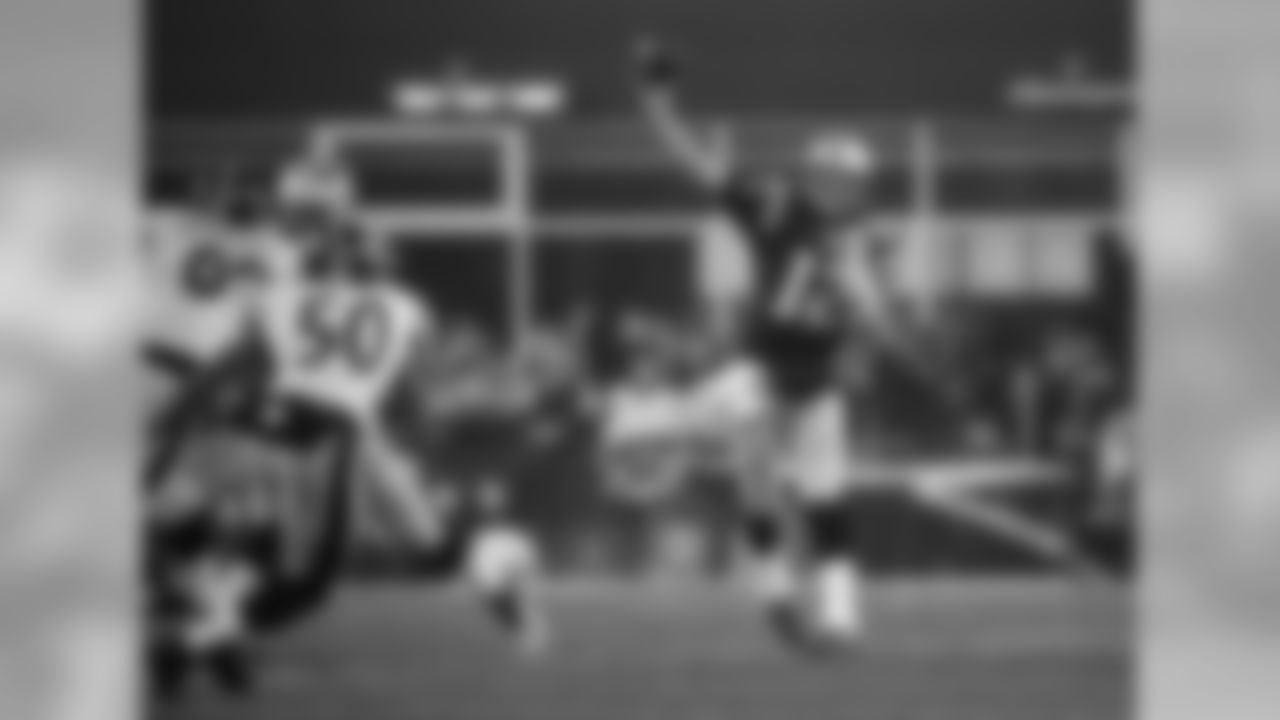
New England Patriots quarterback Tom Brady (12) passes against the Pittsburgh Steelers during the first half of the AFC championship NFL football game, Sunday, Jan. 22, 2017, in Foxborough, Mass. (AP Photo/Steven Senne)
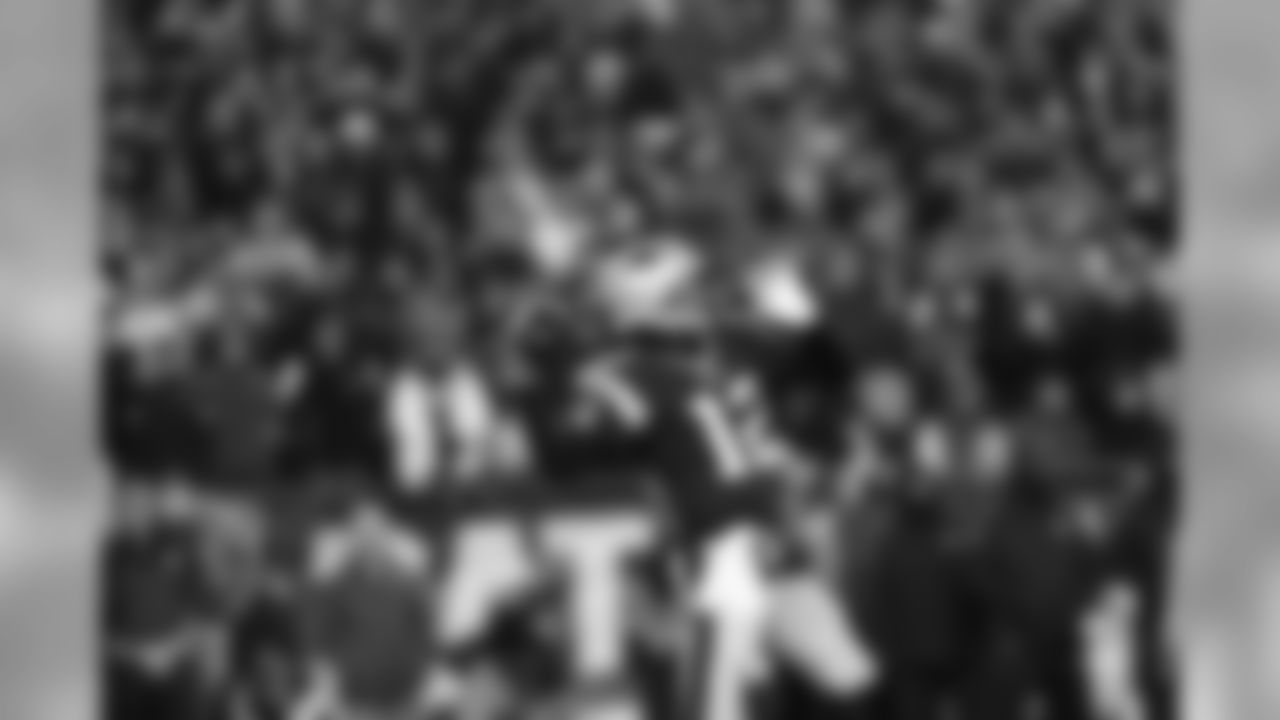
New England Patriots quarterback Tom Brady (12) looks to pass during the NFL AFC Divisional football game against the Houston Texans on Saturday, Jan. 14, 2017 in Foxborough, Mass. The Patriots defeated the Texans 34-16. (Matt Patterson via AP)

New England Patriots quarterback Tom Brady (12) signals a first down during an NFL AFC divisional playoff football game against the Houston Texans on Saturday, Jan. 14, 2017, in Foxborough, Mass. New England won 34-16. (Aaron M. Sprecher via AP)
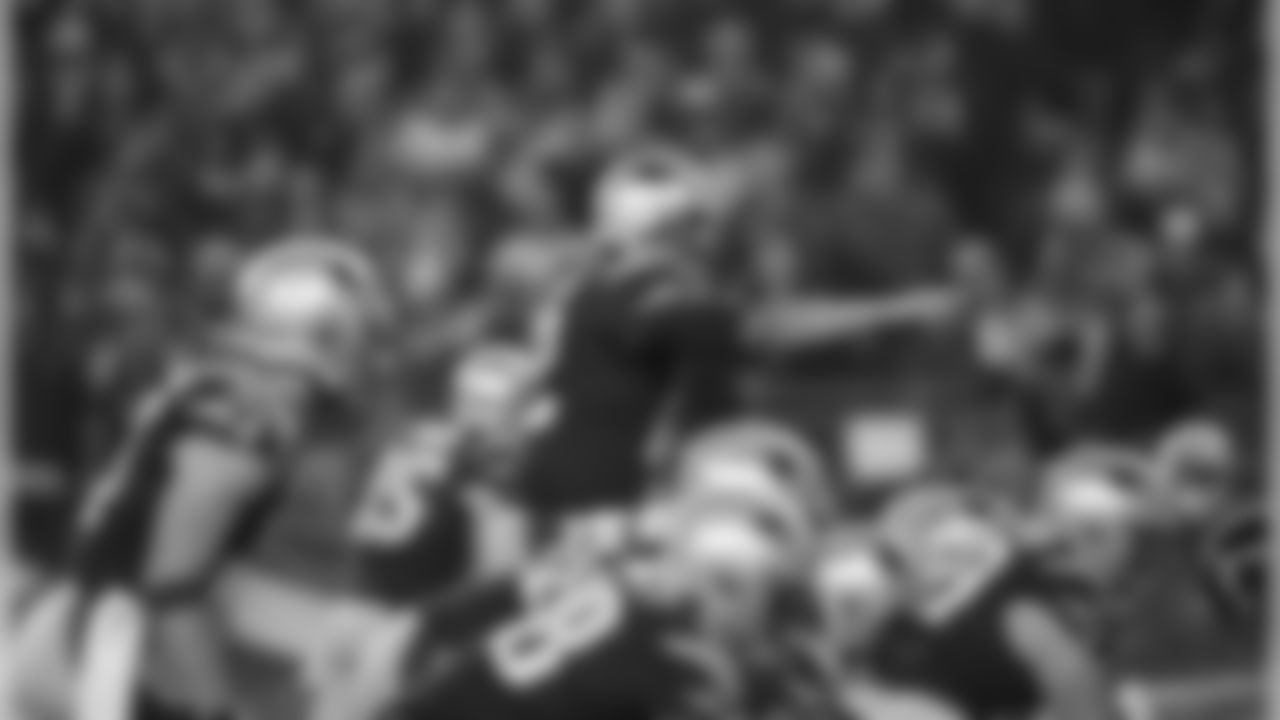
New England Patriots quarterback Tom Brady (12) calls the play at the line of scrimmage during an NFL AFC Championship football game against the Pittsburgh Steelers on Sunday, Jan. 22, 2017, in Foxborough, Mass. The Patriots defeated the Steelers 36-17 to advance to Super Bowl LI. (Aaron M. Sprecher via AP)

New England Patriots Tom Brady (12) during a game against the Miami Dolphins, Sunday, Jan. 1, 2017, in Miami Gardens, Fla.
(Tom DiPace via AP)
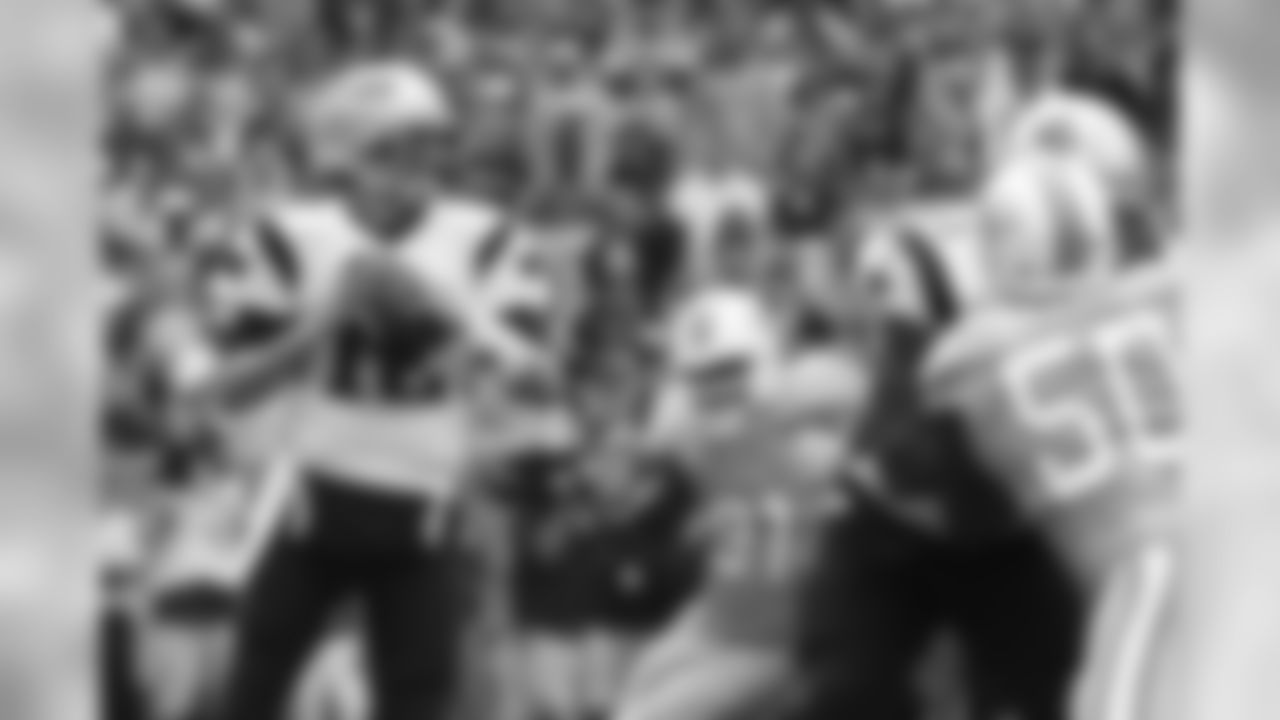
New England Patriots quarterback Tom Brady (12) looks to throw the ball in the first quarter against the Miami Dolphins, Sunday, Jan. 1, 2017, in Miami Gardens, Fla. . (Logan Bowles via AP Images)
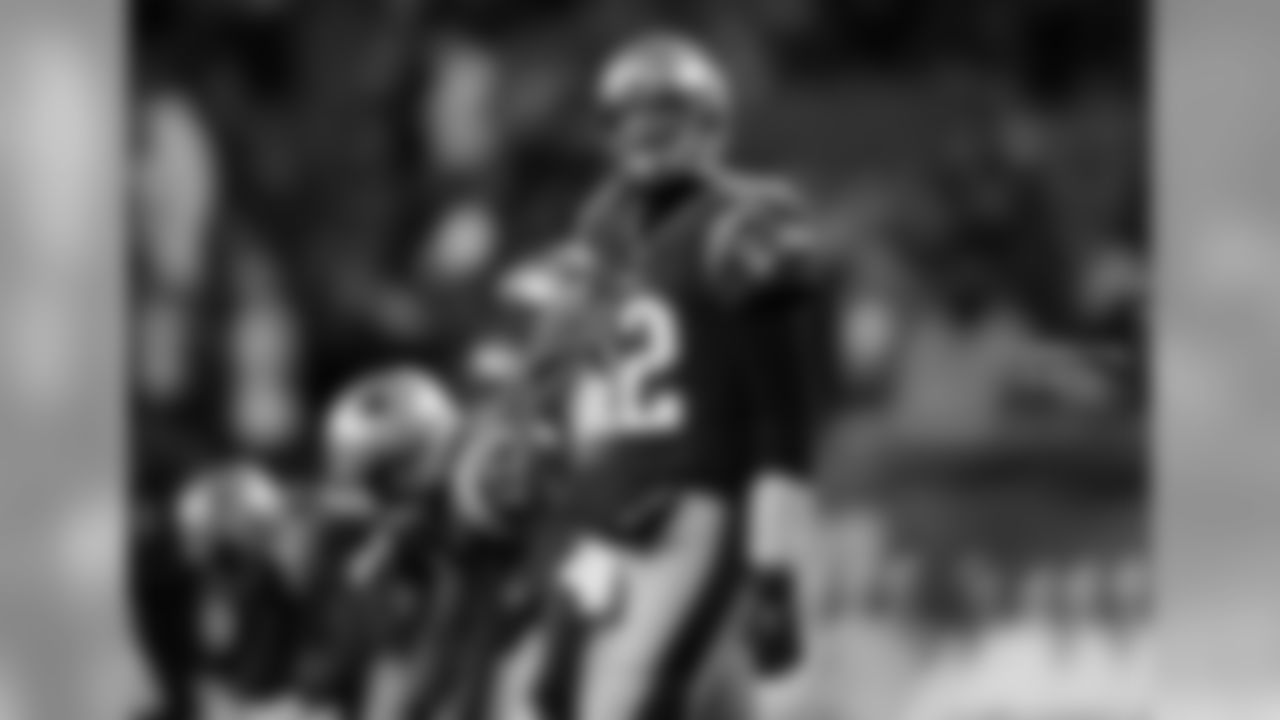
New England Patriots quarterback Tom Brady warms up before an NFL divisional playoff football game against the Tennessee Titans, Saturday, Jan. 13, 2018, in Foxborough, Mass. (AP Photo/Charles Krupa)
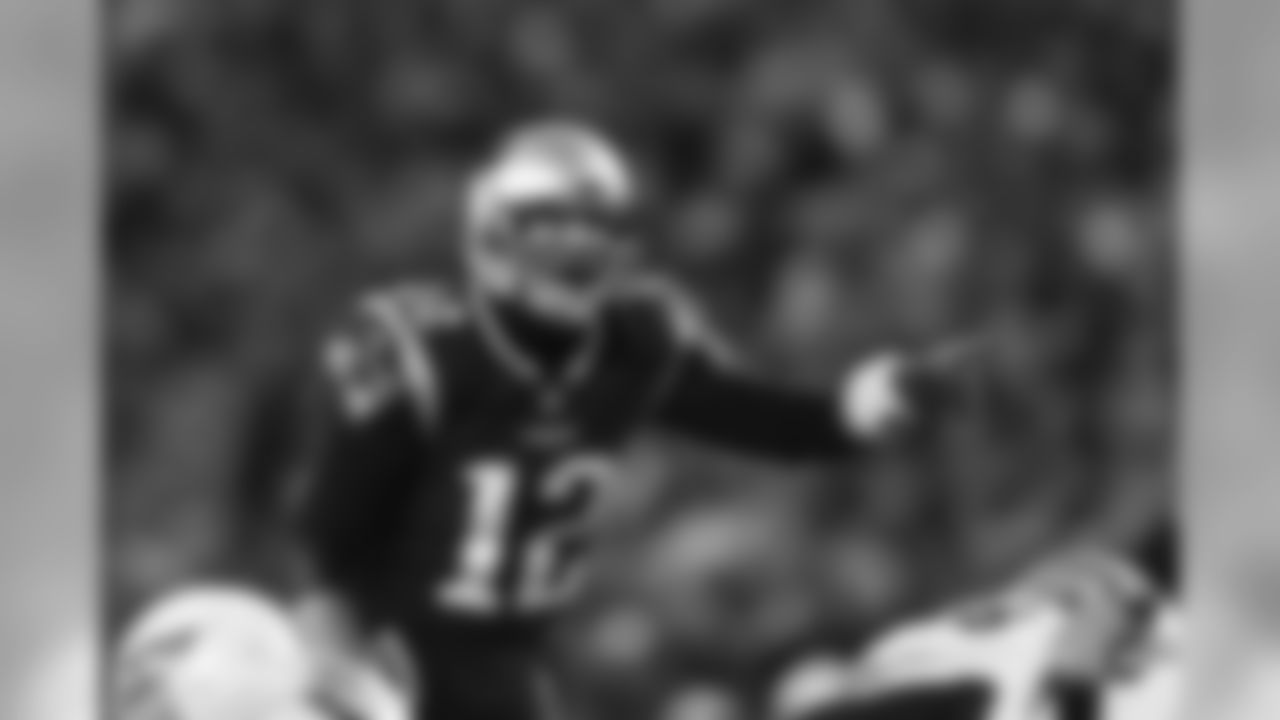
New England Patriots quarterback Tom Brady (12) prepares for the snap during an NFL AFC divisional playoff football game against the Tennessee Titans on Saturday, Jan. 13, 2018 in Foxborough, Mass. New England won 35-14. (Aaron M. Sprecher via AP)
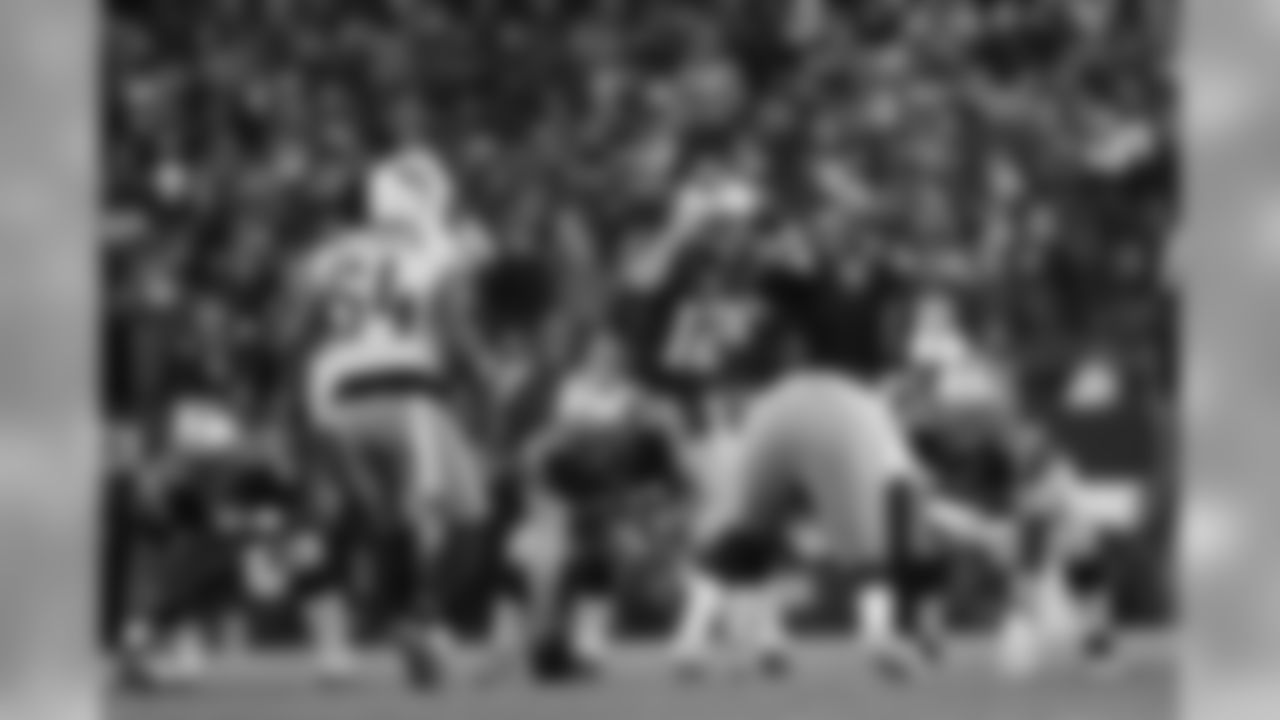
New England Patriots quarterback Tom Brady (12) prepares for the snap during an NFL AFC divisional playoff football game against the Tennessee Titans on Saturday, Jan. 13, 2018 in Foxborough, Mass. New England won 35-14. (Aaron M. Sprecher via AP)
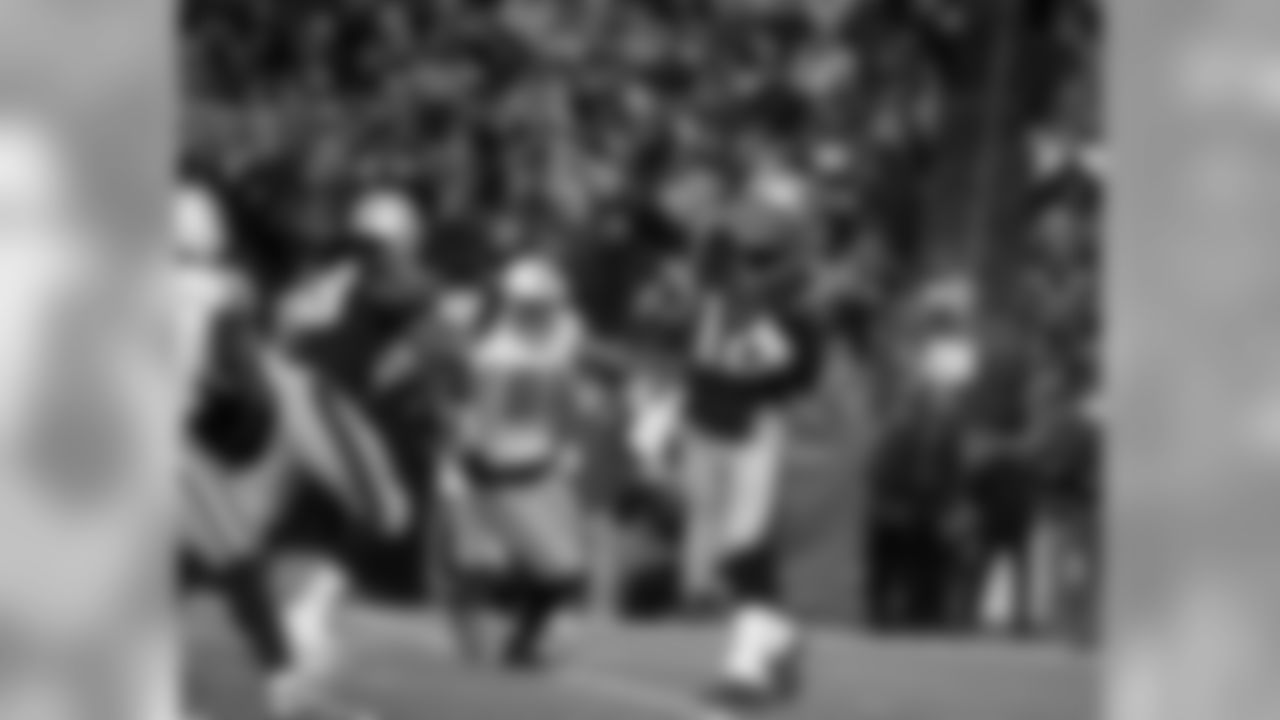
New England Patriots quarterback Tom Brady (12) passes against the Tennessee Titans during the first half of an NFL divisional playoff football game, Saturday, Jan. 13, 2018, in Foxborough, Mass. (AP Photo/Steven Senne)
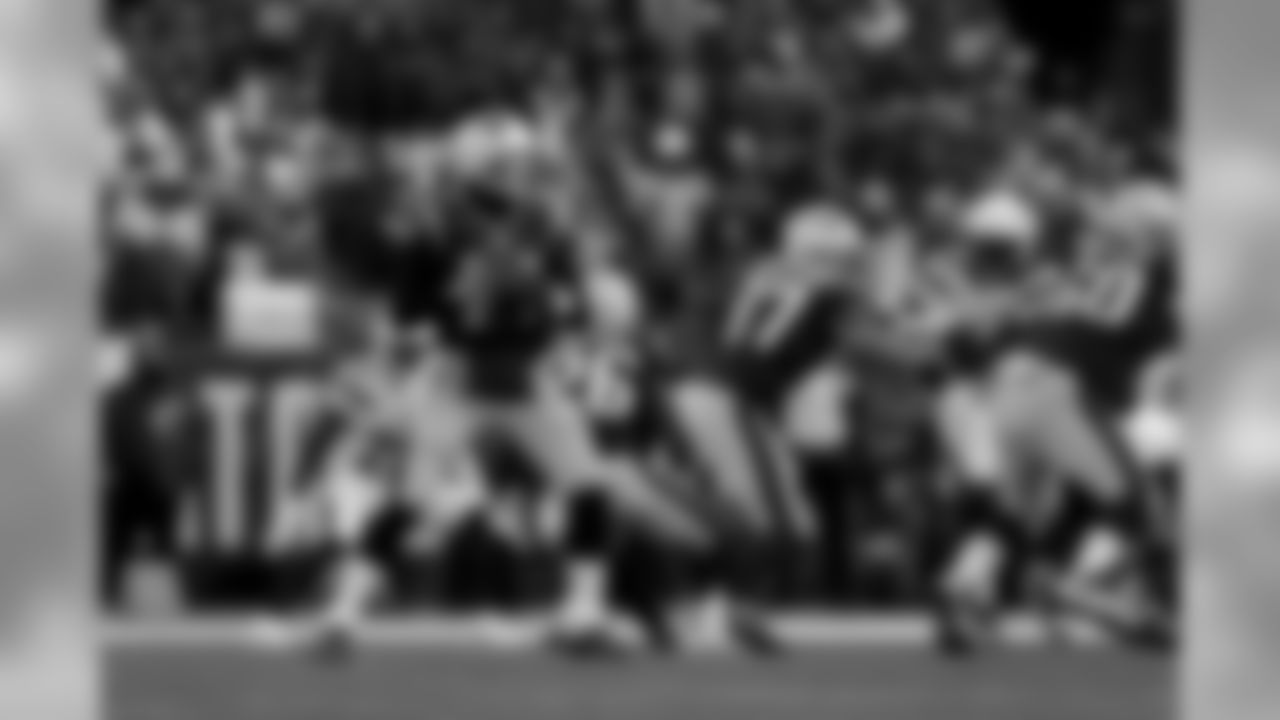
New England Patriots quarterback Tom Brady (12) during an NFL divisional playoff football game against the Los Angeles Chargers, Sunday, Jan. 13, 2019 in Foxborough, MA. New England won 41-28 (Aaron Doster via AP)

New England Patriots quarterback Tom Brady (12) calls out signals prior to the snap of the football during an AFC championship NFL football game the Kansas City Chiefs, Saturday, Jan. 20, 2019 in Kansas City, Mo. The Patriots won 37-31 in overtime. (Scott Boehm via AP)
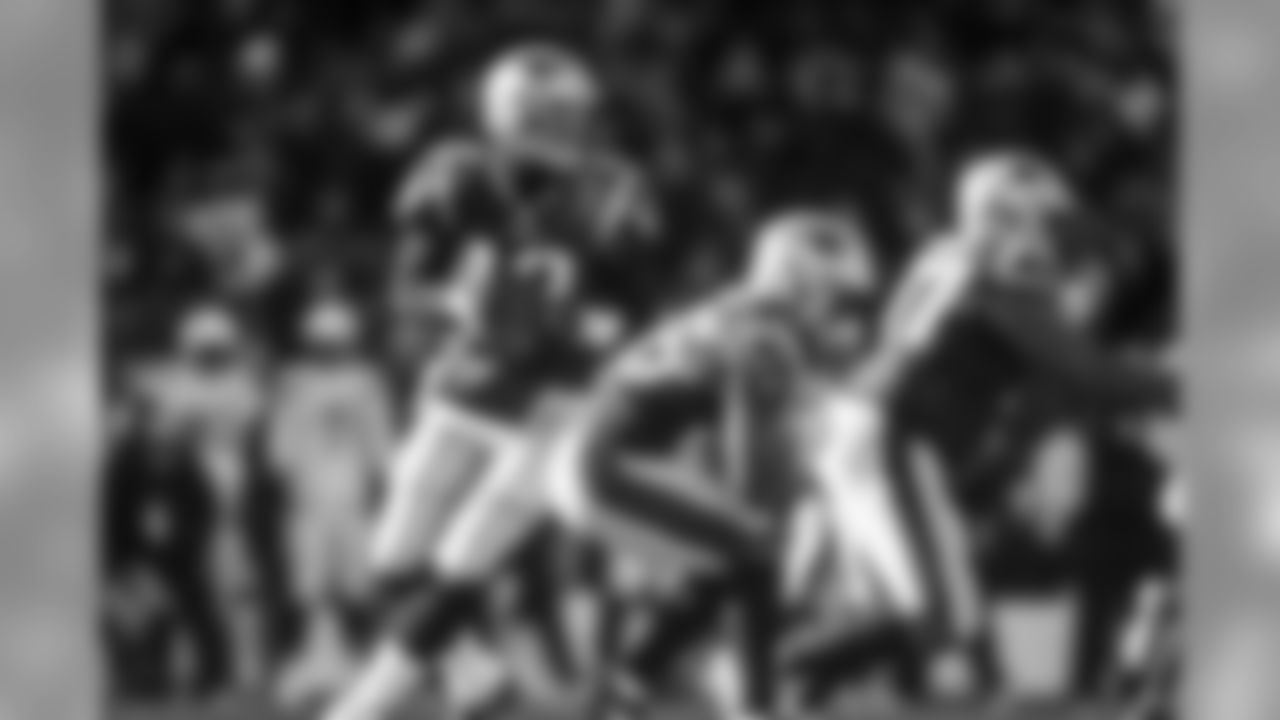
New England Patriots quarterback Tom Brady (12) drops back to pass during an NFL football AFC Divisional playoff game on Sunday, January 13, 2019 in Foxborough. (Todd Rosenberg via AP)

New England Patriots quarterback Tom Brady (12) prior to an NFL football AFC Divisional playoff game on Sunday, January 13, 2019 in Foxborough. (Todd Rosenberg via AP)

New England Patriots quarterback Tom Brady (12) calls a play during the first half of the AFC Championship NFL football game against the Kansas City Chiefs, Sunday, Jan. 20, 2019, in Kansas City, Mo. (AP Photo/Elise Amendola)
RB Curtis Martin, New England to New York Jets, 1998
This one was complicated because Martin was a restricted free agent after the 1997 season and because the Jets' head coach was the same one who drafted Martin to the Patriots in 1995, Bill Parcells. Martin started his career with a 1,487-yard rookie season for the Patriots and had a total of 32 touchdowns in two years before Parcells left for the Jets. That, too, was an unusual situation as the Jets had to trade several draft picks to the Patriots for the rights to Parcells, who left New England acrimoniously.
Restricted free agents don't change teams often because of the draft pick compensation involved, but Parcells was very motivated for a reunion with Martin. The Jets worked up a deal that was not only very lucrative but also included several "poison pills" that made it very difficult for the Patriots to match. And, in fact, New England chose to take first and third-round draft picks as compensation instead. The NFL has since changed the system to keep teams from including such poison pills.
Parcells never got the Jets to the Super Bowl but Martin's 1,287 yards and eight touchdowns in 1998 helped them win 12 games and get back to the playoffs for the first time in seven years. Martin would spend eight more years with the Jets and only fail to reach 1,000 yards in his last season, finishing with career totals of 14,101 rushing yards and 90 touchdowns. He was voted into the Hall of Fame in 2012.
CB/S Rod Woodson, San Francisco to Baltimore, 1998
In terms of an established identity with an original franchise, Woodson's team was the Steelers, not the 49ers. He was a five-time All-Pro over 10 seasons in Pittsburgh, but that run ended with an injury-plagued 1996 campaign that hurt his value in free agency. He couldn't reach a deal with the Steelers, who then drafted cornerback Chad Scott and stopped trying to bring Woodson back. The 49ers eventually signed him to a three-year deal but he was a cap casualty after one season in the Bay area.
Woodson was 33 at this point and considered by some to be past his prime. He signed with the Ravens to reunite with Defensive Coordinator Marvin Lewis, who had been an assistant in Pittsburgh while Woodson was racking up 38 interceptions and 16 forced fumbles. The move rejuvenated his career as he picked off 13 more passes over the next two seasons and returned four of them for touchdowns. In between those two campaigns he moved from cornerback to safety and became a Pro Bowler at his new position, too.
The Ravens made the playoffs in 1999 and went back four straight years, winning Super Bowl XXXVI after the 2000 season behind one of the greatest defenses of all time. As it turned out, Woodson was a long way from slowing down, as he would play six more seasons in Baltimore and Oakland and pick off 30 more passes to finish his career with 71. He was inducted into the Hall of Fame in 2009.
WR Jerry Rice, San Francisco to Oakland, 2001
Speaking of players known as the G.O.A.T., Rice made his case over 16 unbelievable seasons with the 49ers. He racked up 19,247 yards and 176 touchdowns with San Francisco, both of which would be all-time NFL records even without the four-year coda he tacked on in Oakland and Seattle.
Rice was 38 at the end of the 2000 season and the 49ers were expected to release him in the following offseason for salary cap reasons. They offered him a million-dollar bonus if he chose to retire but he wanted to keep playing and found his opportunity across the bay in Oakland. As it turned out, he definitely had some gas left in the tank.
Rice caught 83 passes for 1,139 yards and nine touchdowns with Jon Gruden's Raiders in 2001. The next year, with quarterback Rich Gannon putting up MVP numbers, the Raiders led the NFL in offense and Rice remained ultra-productive, with 92 catches for 1,211 yards and seven more scores. The Raiders advanced all the way to the Super Bowl, where they met Grudens' new team, the Buccaneers. Tampa Bay would pick Gannon off five times in a dominant win but Rice still hauled in five catches for 77 yards and a touchdown.
QB Brett Favre, N.Y. Jets to Minnesota, 2009
Favre, of course, established himself with the Packers from 1992 to 2007, starting a remarkable 253 consecutive games in that span. He would eventually retire as the NFL's all-time leader in passing yards and touchdown passes, though those marks have since been surpassed by Brady and two others mentioned below.
Favre was the ultimate "gunslinger" in Green Bay and he made 11 Pro Bowls while winning three NFL MVP awards. His Packers made the playoffs 11 times in his run as the starter, winning one Super Bowl and losing another. He had 61,655 passing yards and 442 touchdown tosses as a Packer. His final outing as a Packer was a loss to the Giants in the 2007 NFC Championship game.
Green Bay, which had Aaron Rodgers waiting in the wings, wanted a quick answer from Favre about whether he was going to return for the 2008 season, but they didn't get one. Eventually, Favre tearfully announced his retirement in March, but in the months to follow he reconsidered and informed the Packers that he wanted to return. By this point, Green Bay was committed to the transition to Rodgers and the eventual result was a trade of Favre to the New York Jets.
Favre actually wanted to be released once it was clear that he could only return to Green Bay as a backup, as this would allow him to join the team of his choice, which was rumored to be the Vikings. The Packers weren't thrilled by that idea, however, and worked out the trade with New York instead. In the end, however, the Jets released Favre after one season and he promptly signed in Minnesota.
Amazingly, at the age of 40, Favre produced one of his best seasons for the Vikings. He threw for 4,202 yards and 33 touchdowns and was only picked off seven times. His 1.3% interception rate led the NFL and was the lowest of his career. The Vikings won 12 games, beat out the Packers for the NFC North title by one game and advanced all the way to the NFC Championship Game. Favre's last pass of that game was intercepted in Saints territory near the end of regulation and Minnesota eventually lost in overtime. His second season in Minnesota wasn't as successful and he retired for good at the end of the 2010 campaign.
View pictures from QB Tom Brady's NFL career thus far.

FILE - In this Sept. 30, 2001 file photo, New England Patriots quarterback Tom Brady, center, passes during Brady's first start of an NFL football game against the Indianapolis Colts in Foxboro, Mass. (AP Photo/Winslow Townson, File)

New England Partiots quarterback Tom Brady hands the ball off during play against the San Diego Chargers in 2001. (AP Photo / Al Messerschmidt)

New England Patriots quarterback Tom Brady (12) sets to pass in the 2001 AFC championship game against the Pittsburgh Steelers Jan. 27, 2002 in Pittsburgh. (Al Messerschmidt via AP)

New England Patriots quarterback Tom Brady looks to pass during the second half of the game at Ralph Wilson Stadium in Orchard Park, N.Y., Sunday, Nov. 3, 2002. The Patriots won 38-7.(AP Photo/Don Heupel)

New England Patriots quarterback Tom Brady (12) drops back to pass during an NFL game against the San Diego Chargers on September 29, 2002. The Chargers defeated the Patriots 21-14 in San Diego, California. (AP Photo/Kevin Terrell)

New England Patriots quarterback Tom Brady (12) looks to pass November 28, 2002 at Ford Field in Detroit. The Patriots defeated the Detroit Lions 20 -12 in a Thanksgiving Day matchup. (AP Photo / Al Messerschmidt)

New England Patriots quarterback Tom Brady (12) sets to pass October 6, 2002 in Miami, Florida. The Miami Dolphins defeated the Patriots 26 - 13. (AP Photo / Al Messerschmidt)

New England Patriots quarterback Tom Brady, passes under pressure in the first half from New York Jets defensive ends John Abraham,(94) left, and Shaun Ellis (92), Sunday, Sept. 15, 2002, at Giants Stadium in East Rutherford, N. J. , as Ellis slips Patriots tackle Kenyatta Jones (74). (AP Photo/Kathy Willens)

Tom Brady, the quarterback who led the AFC New England Patriots to victory in the Super Bowl six days ago, looks for a receiver in the fourth quarter of the AFC's 38-30 win in the Pro Bowl game Saturday, Feb. 9, 2002, at Aloha Stadium in Honolulu. Brady sat most of the game, watching as the Oakland Raiders' Rich Gannon stole the show in the Pro Bowl. (AP Photo/Ronen Zilberman)

New England Patriots' quarterback Tom Brady delivers a pass against the Oakland Raiders in Foxboro, Mass., Saturday, Jan. 19, 2002. The Patriots play the Pittsburgh Steelers in the AFC Championship game on Sunday, Jan. 27, 2002 in Pittsburgh. (AP Photo/Steven Senne)

New England Patriots quarterback Tom Brady (12) points out the middle linebacker during an NFL game against the Indianapolis Colts. The Patriots defeated the Colts 24-14 in the 2003 AFC Championship Game on January 18, 2004 in Foxboro, Massachusetts. (AP Photo/Kevin Terrell)

New England Patriots quarterback Tom Brady (12) throws a pass during an NFL game against the Indianapolis Colts. The Patriots defeated the Colts 24-14 in the 2003 AFC Championship Game on January 18, 2004 in Foxboro, Massachusetts. (AP Photo/Kevin Terrell)

New England Patriots quarterback Tom Brady throws between Arizona Cardinals' Russell Davis (98) and Adrian Wilson (24) during the second quarter Sunday, Sept. 19, 2004 at Sun Devil Stadium in Tempe, Ariz. The Patriots won 23-12.(AP Photo/Matt York)

New England Patriots quarterback Tom Brady calls signals at the line during a game against the Kansas City Chiefs at Arrowhead Stadium in Kansas CIty, Missouri on November 22, 2004. New England won 27-19. (AP Photo/G. Newman Lowrance)

New England Patriots Tom Brady calls an audible during a NFL football game against the St. Louis Rams at the Edward Jones Dome in St. Louis, Missouri on November 7, 2004. The Patriots won 40-22. (AP Photo/G. Newman Lowrance)

New England Patriots quarterback Tom Brady (12) points out the New York Jets coverage during the game in Foxboro, Mass., on Sunday, Oct. 24, 2004. The Patriots won their 21st straight game with a 13-7 victory. (AP Photo/ Robert E. Klein)

New England Patriots quarterback Tom Brady (12) throws during the second half against the Buffalo Bills in Orchard Park, N.Y., Sunday Oct. 3, 2004. The Patriots won, 31-17. (AP Photo/David Duprey)

New England Patriots quarterback Tom Brady, left, chats with Indianapolis Colts quarterback Peyton Manning after the Patriots beat the Colts 27-24 Thursday, Sept. 9, 2004 in Foxboro, Mass. (AP Photo/Charles Krupa)

New England Patriots quarterback Tom Brady (12) points to the Kansas City Chiefs defense during the second quarter at Arrowhead Stadium Monday, Nov. 22, 2004, in Kansas City, Mo. The Patriots beat the Chiefs 27-19. (AP Photo/Orlin Wagner)

New England Patriots quarterback Tom Brady lets go with a pass despite the rush of San Fransisco 49ers Andrew Williams during the third quarter of the Patriots 21-7 win at Gillette Stadium in Foxboro, Mass., Sunday, Jan. 2, 2005. Brady threw for 226 yards and two touchdowns in three quarters of play. (AP Photo/Winslow Townson)

Tom Brady of the New England Patriots points his finger to the sky as he celebrates a win against the Pittsburgh Steelers during the 2005 AFC Championship at Heinz Field in Pittsburgh, Pennsylvania on January 24, 2005. The Patriots won 41-27. (AP Photo/G. Newman Lowrance)

New England Patriots quarterback Tom Brady (12) looks to pass the ball during an NFL football game against the Indianapolis Colts, Sunday, Jan. 16, 2005 in Foxboro. The Patriots won the AFC divisional playoff game, 20-3. (AP Photo/Joe Robbins)

Quarterback Tom Brady #12 of the New England Patriots unloads a pass against the Pittsburgh Steelers during the AFC Championship game at Heinz Field on January 23, 2005 in Pittsburgh, Pennsylvania. The Pats defeated the Steelers 41-27. (AP Photo/Paul Spinelli)

Indianapolis Colts' Peyton Manning (18) and New England Patriots' Tom Brady pose before an AFC practice for Sunday's Pro Bowl game, at the Iolani Resort in Kapolei, Hawaii, Thursday, Feb. 10, 2005. (AP Photo/Ronen Zilberman)

New England Patriots quarterback Tom Brady tosses the ball to San Diego Chargers quarterback Drew Brees during an AFC practice for the upcoming Pro Bowl at the Iolani Resort in Kapolei, Hawaii Wednesday, Feb. 9, 2005. (AP Photo/Ronen Zilberman)

New England Patriots quarterback Tom Brady, right, throws under pressure from Miami Dolphins Jason Taylor (99) during the first quarter in Foxborough,Mass., Sunday, Oct., 8, 2006. New England won, 20-10. (AP Photo/Chitose Suzuki)

ATLANTA - AUGUST 11: Tom Brady #12 of the New England Patriots smiles as he watches the action from the sidelines in a preseason game against the Atlanta Falcons on August 11, 2006 at the Georgia Dome in Atlanta, Georgia. The Falcons defeated the Patriots 26-23. (AP Photo/Scott Boehm)

FOXBORO, MA - OCTOBER 8: Quarterback Tom Brady #12 of the New England Patriots passes the football against the Miami Dolphins on October 8, 2006 at Gillette Stadium in Foxboro, Massachusetts. The Patriots defeated the Dolphins 20-10. (AP Photo/Scott Boehm)

MINNEAPOLIS, MN - OCTOBER 30: Quarterback Tom Brady #12 of the New England Patriots passes the football against the Minnesota Vikings on October 30, 2006 at the Metrodome in Minneapolis, Minnesota. The Patriots defeated the Vikings 31-7. (AP Photo/Scott Boehm)

Quarterback Tom Brady of the New England Patriots unloads a pass during pregame warmups against the Miami Dolphins at Dolphin Stadium on December 10, 2006 in Miami, Florida. The Dolphins pitched a shutout as they defeated the Patriots 21-0. (AP Photo/Paul Spinelli)

Quarterback Tom Brady #12 of the New England Patriots scrambles against the Green Bay Packers at Lambeau Field on November 19, 2006 in Green Bay, Wisconsin. The Patriots beat the Packers 35-0. (AP Photo/David Stluka)

New England Patriots quarterback Tom Brady passes for a first down in the fourth quarter against the New York Jets in NFL football action Sunday, Sept. 17, 2006 in East Rutherford, N.J. The Patriots won 24-17. (AP Photo/Julie Jacobson)

New England Patriots quarterback Tom Brady passes against the Cincinnati Bengals during their NFL football game, Sunday, Oct. 1, 2006, in Cincinnati. (AP Photo/Tom Uhlman)

New England Patriots quarterback Tom Brady calls out a play during the second quarter of an NFL football game against the Minnesota Vikings in Minneapolis, Monday, Oct. 30, 2006. The Patriots beat the Vikings 31-7. (AP Photo/Ann Heisenfelt)

New England Patriots quarterback Tom Brady (12) hands the ball to running back Corey Dillon (28) during the first quarter of a preseason NFL football game against the Arizona Cardinals in Foxborough, Mass., Saturday night, Aug. 19, 2006. The Patriots won 30-3. (AP Photo/Stephan Savoia)

New England Patriots quarterback Tom Brady celebrates his fourth-quarter touchdown pass to Kevin Faulk during his team's 37-16 win over the New York Jets in an AFC wild-card playoff football game in Foxborough, Mass., Sunday, Jan. 7, 2007. (AP Photo/Elise Amendola)

EAST RUTHERFORD, NJ - SEPTEMBER 9: Quarterback Tom Brady #12 of the New England Patriots passes the football against the New York Jets at the Giants Stadium on September 9, 2007 in East Rutherford, New Jersey. The Patriots defeated the Jets 38-14. (AP Photo/Scott Boehm)

Tom Brady #12 of the New England Patriots throws a pass during action against the Miami Dolphins on October 21, 2007 in Miami, Florida. New England defeated Miami 49-28. (AP Photo/G. Newman Lowrance)

Tom Brady #12 of the New England Patriots calls blocking assignments as he waits for the snap from Dan Koppen #67 against the Cincinnati Bengals on October 1, 2007 in Cincinnati, Ohio. The Patriots defeated the Bengals 34-13. (AP Photo/G. Newman Lowrance)

MIAMI - OCTOBER 21: Quarterback Tom Brady #12 of the New England Patriots shouts out play calls against the Miami Dolphins on Sunday, October 21, 2007 in Miami, Florida. The Patriots defeated the Dolphins 49-28. (AP Photo/Thomas E. Witte) Tom Brady

New England Patriots linebacker Tedy Bruschi, left, chats with quarterback Tom Brady before the start of their NFL football game against the New York Giants at Giants Stadium in East Rutherford, N.J., on Saturday, Dec. 29, 2007. (AP Photo/Kathy Willens)

New England Patriots quarterback Tom Brady calls out signals during their football game against the Pittsburgh Steelers at Gillette Stadium in Foxborough, Mass. Sunday, Dec. 9, 2007. (AP Photo/Winslow Townson)

New England Patriots quarterback Tom Brady throws past New York Jets' Bryan Thomas during their 20-10 win in a football game at Gillette Stadium in Foxborough, Mass. Sunday, Dec. 16, 2007. (AP Photo/Winslow Townson)

New England Patriots quarterback Tom Brady (12), wide receiver Wes Welker (83) and wide receiver Randy Moss, rear, watch their teammates on the video scoreboard during the second quarter of a football game against the Miami Dolphins in Foxborough, Mass., Sunday, Dec. 23, 2007. (AP Photo/Elise Amendola)

SAN DIEGO - JANUARY 14: Tom Brady #12 of the New England Patriots on the line.The New England Patriots defeat the San Diego Chargers 24-21 in the AFC Divisional Playoff game at Qualcomm Stadium on January 14, 2007 in San Diego, California. (AP Photo/Tom Hauck)

New England Patriots quarterback Tom Brady (12) calls out a play from the line in the first quarter of NFL football action in Indianapolis, Sunday, Nov. 4, 2007. (AP Photo/Jeff Roberson)

New England Patriots quarterback Tom Brady (12) looks to pass during an NFL football game against the Cincinnati Bengals, Monday, Oct. 1, 2007, in Cincinnati. Also pitcured are Bengals' Bryan Robinson (98), Patriots' Nick Kaczur (77) and Russ Hochstein (71). (AP Photo/David Kohl)

New England Patriots quarterback Tom Brady watches the game opening ceremony before their NFL football game against the Dallas Cowboys, Sunday, Oct. 14, 2007, in Irving, Texas. (AP Photo/Matt Slocum)

New England Patriots quarterback Tom Brady lets a pass go over the pressure from Cleveland Browns' Kamerion Wimbley and Willie McGinest (55) during the second quarter of New England's 34-17 win in a football game at Gillette Stadium in Foxborough, Mass. Sunday, Oct. 7, 2007. Brady threw for 265 yards and three touchdowns in the win. (AP Photo/Winslow Townson)

New England Patriots quarterback Tom Brady shouts out signals during their 38-7 win over the Buffalo Bills in a football game at Gillette Stadium in Foxborough, Mass. Sunday, Sept. 23, 2007. Brady threw for 311 yards and four touchdowns in the win. (AP Photo/Winslow Townson)

San Diego Chargers quarterback Philip Rivers, left, shakes hands with New England Patriots quarterback Tom Brady following their AFC Divisional playoff football game in San Diego, Sunday, Jan. 14, 2007. The Patriots won the game 24-21. (AP Photo/Mark J. Terrill)

New England Patriots' Tom Brady (12) passes under pressure from Tennessee Titans' David Thornton (50) in the second quarter of an NFL preseason football game Friday, Aug. 17, 2007, in Foxborough, Mass. (AP Photo/Michael Dwyer)

New England Patriots quarterback Tom Brady, right, throws a pass during second-quarter NFL football against the New York Jets, Sunday, Sept. 9, 2007 at Giants Stadium in East Rutherford, N.J. Brady completed 22 of 28 attempts for 297 yards and three touchdowns as the Patriots beat the Jets, 38-14. (AP Photo/Bill Kostroun)

xxx runs past xxx during the second quarter of an NFL football game Sunday, Sept. 20, 2009 in East Rutherford, N.J. (AP Photo/Bill Kostroun)

New England Patriots quarterback Tom Brady (12) during their NFL football game against the Atlanta Falcons in Foxborough, Mass., Sunday afternoon, Sept. 27, 2009. (AP Photo/Stephan Savoia)

New England Patriots quarterback Tom Brady (12) looks to pass in the third quarter during an NFL football game against the Buffalo Bills, Monday, Sept. 14, 2009, in Foxborough, Mass. (AP Photo/Steven Senne)

New England Patriots quarterback Tom Brady (12) points to the defense of the Denver Broncos during an NFL football game in Denver, Sunday, Oct. 11, 2009. (AP Photo/Jack Dempsey)

New England Patriots quarterback Tom Brady (12) calls a play while behind center Dan Koppen (67) during the second quarter of an NFL football game against the Denver Broncos on Sunday, Oct. 11, 2009, in Denver. (AP Photo/Chris Schneider)

New England Patriots quarterback Tom Brady (12) watches a video replay during the NFL football game against the Baltimore Ravens at Gillette Stadium in Foxborough, Mass., Sunday, Oct. 4, 2009. The Patriots defeated the Ravens 27-21. (AP Photo/Robert E. Klein)

New England Patriots quarterback Tom Brady shakes hands with teammate Randy Moss during the first half of a NFL football game in Foxborough, Mass., Sunday, Sept. 27, 2009. (AP Photo/Winslow Townson)

New England Patriots quarterback Tom Brady (12) passes the ball under defensive pressure from Baltimore Ravens nose tackle Haloti Ngata (92) during the first half of an NFL football game Sunday, Oct. 4, 2009, in Foxborough, Mass. (AP Photo/Elise Amendola)

New England Patriots quarterback Tom Brady (12) runs against the Buffalo Bills in the fourth quarter during an NFL football game, Monday, Sept. 14, 2009, in Foxborough, Mass. (AP Photo/Winslow Townson)

New England Patriots quarterback Tom Brady, center, looks for an free receiver as the Buffalo Bills try to break through during the first half of an NFL football game in Foxborough, Mass., Sunday, Sept. 26, 2010. (AP Photo/Charles Krupa)

New England Patriots quarterback Tom Brady looks to throw against the San Diego Chargers in the first half during an NFL football game Sunday, Oct. 24, 2010, in San Diego. (AP Photo/Gregory Bull)

New England Patriots quarterback Tom Brady looks to pass against the San Diego Chargers in the first half during an NFL football game Sunday, Oct. 24, 2010, in San Diego. (AP Photo/Lenny Ignelzi)

New England Patriots quarterback Tom Brady (12) looks to hand off in the second quarter an NFL football game against the Cincinnati Bengals, Sunday, Sept. 12, 2010, in Foxborough, Mass. (AP Photo/Michael Dwyer)

Tom Brady vs. the Dolphins

New England Patriots quarterback Tom Brady (12) looks to pass during the first quarter of an NFL football game against the New York Jets at New Meadowlands Stadium in East Rutherford, N.J., Sunday, Sept. 19, 2010. (AP Photo/Bill Kostroun)

New England Patriots quarterback Tom Brady (12) during an NFL football game against the Buffalo Bills in Foxborough, Mass., Sunday, Sept. 26, 2010.(AP Photo/Stephan Savoia)

New England Patriots quarterback Tom Brady (12) calls a play in the first quarter of an NFL football game against the Baltimore Ravens, Sunday, Oct. 17, 2010, in Foxborough, Mass. (AP Photo/Michael Dwyer)

New England Patriots quarterback Tom Brady points during the first quarter of an NFL football game against the Miami Dophins in Foxborough, Mass., Sunday Jan. 2, 2011.(AP Photo/Charles Krupa)

New England Patriots quarterback Tom Brady (12) looks to pass against the New York Jets during the second half of an NFL divisional playoff football game in Foxborough, Mass., Sunday, Jan. 16, 2011. (AP Photo/Winslow Townson)

New England Patriots quarterback Tom Brady shouts instructions during the first half of an NFL divisional playoff football game against the New York Jets in Foxborough, Mass., Sunday, Jan. 16, 2011. (AP Photo/Charles Krupa)

New England Patriots quarterback Tom Brady throws during warm ups prior to facing the Miami Dolphins in an NFL football game in Foxborough, Mass., Sunday Jan. 2, 2011.(AP Photo/Charles Krupa)

New England Patriots quarterback Tom Brady (12) looks to throw as his offensive line holds back Miami Dolphins defenisve tackle Randy Starks (94) and linebacker Cameron Wake (91) during the first quarter of an NFL football game in Foxborough, Mass., Sunday, Jan. 2, 2011. (AP Photo/Charles Krupa)

New England Patriots quarterback Tom Brady (12) stands with his team during a timeout in the second quarter of an NFL football game against the Miami Dolphins in Foxborough, Mass., Sunday, Jan. 2, 2011. (AP Photo/Michael Dwyer)

New England Patriots quarterback Tom Brady speaks to a teammate before an NFL divisional playoff football game against the New York Jets in Foxborough, Mass., Sunday, Jan. 16, 2011. (AP Photo/Winslow Townson)

New England Patriots quarterback Tom Brady (12) celebrates after scoring a one yard touchdown during the second half of the AFC Championship NFL football game against the Baltimore Ravens Sunday, Jan. 22, 2012, in Foxborough, Mass. (AP Photo/Stephan Savoia)

New England Patriots quarterback Tom Brady (12) prepares to take the snap from center during an AFC Championship NFL football Playoff game against the Baltimore Ravens on January 22, 2012. The Patriots defeated the Ravens 23-20 in the AFC Championship Game at Gillette Stadium in Foxborough, Massachusetts. (AP Photo/Kevin Terrell)

New England Patriots quarterback Tom Brady (12) sets up to pass during an AFC Championship NFL football Playoff game against the Baltimore Ravens on January 22, 2012. The Patriots defeated the Ravens 23-20 in the AFC Championship Game at Gillette Stadium in Foxborough, Massachusetts. (AP Photo/Kevin Terrell)

New England Patriots quarterback Tom Brady (12) signals at the line of scrimmage against the Buffalo Bills during the third quarter of an NFL football game in Foxborough, Mass., Sunday Jan. 1, 2012. (AP Photo/Elise Amendola)

FILE - In this Jan. 1,2012 file photo, New England Patriots quarterback Tom Brady (12) scrambles against the Buffalo Bills during their NFL football game at Gillette Stadium in Foxborough, Mass. Tom Martinez, the longtime personal coach to Patriots quarterback Tom Brady, has died. His wife, Olivia, told the San Mateo Daily Journal that he died Tuesday, Feb. 21, 2012 after suffering a heart attack while receiving dialysis treatment. The San Francisco Chronicle reported he died in Redwood City. He was 67. (AP Photo/Elise Amendola, File)

New England Patriots quarterback Tom Brady yells as he runs towards fans prior to an NFL football game against the Buffalo Bills in Foxborough, Mass., Sunday, Jan. 1, 2012. (AP Photo/Charles Krupa)

New England Patriots quarterback Tom Brady warms up before an NFL divisional playoff football game against the Denver Broncos Saturday, Jan. 14, 2012, in Foxborough, Mass. (AP Photo/Charles Krupa)

New England Patriots quarterback Tom Brady reaches back to pass during the second half of an NFL divisional playoff football game against the Denver Broncos Saturday, Jan. 14, 2012, in Foxborough, Mass. (AP Photo/Charles Krupa)

New England Patriots quarterback Tom Brady warms up before the NFL football AFC Championship football game against the Baltimore Ravens in Foxborough, Mass., Sunday, Jan. 20, 2013. (AP Photo/Charles Krupa)

New England Patriots quarterback Tom Brady passes during the first half of an AFC divisional playoff NFL football game against the Houston Texans in Foxborough, Mass., Sunday, Jan. 13, 2013. (AP Photo/Stephan Savoia)

New England Patriots quarterback Tom Brady yells as he runs onto the field before an AFC divisional playoff NFL football game against the Houston Texans in Foxborough, Mass., Sunday, Jan. 13, 2013. (AP Photo/Charles Krupa)

New England Patriots quarterback Tom Brady (12) hands off to running back Danny Woodhead during the first half of an AFC divisional playoff NFL football game against the Houston Texans in Foxborough, Mass., Sunday, Jan. 13, 2013. (AP Photo/Charles Krupa)

New England Patriots quarterback Tom Brady shouts instructions during the first half of the NFL football AFC Championship football game against the Baltimore Ravens in Foxborough, Mass., Sunday, Jan. 20, 2013. (AP Photo/Stephan Savoia)

New England Patriots quarterback Tom Brady looks over his shoulder during the second half of an AFC divisional NFL playoff football game against the Indianapolis Colts in Foxborough, Mass., Saturday, Jan. 11, 2014. (AP Photo/Matt Slocum)

New England Patriots quarterback Tom Brady (12) points as he calls out signals at the line of scrimmage prior to the snap of the football during the AFC Championship Football game against the Denver Broncos in Denver, Colorado on Sunday, January 19, 2014. The Broncos defeated the Patriots 26-16. (AP Photo/Scott Boehm)

New England Patriots quarterback Tom Brady (12) looks to throw the ball downfield during the AFC Championship NFL football game against the Denver Broncos at Sports Authority Field at Mile High on Sunday, January 19, 2014 in Denver, Colorado. Denver won 26-16 to advance to the Super Bowl. (AP Photo/Aaron M. Sprecher)

New England Patriots quarterback Tom Brady (12) warms up before the AFC Championship NFL playoff football game against Denver Broncos in Denver, Sunday, Jan. 19, 2014. (AP Photo/Joe Mahoney)

FILE - In this Nov. 15, 2015, file photo, New England Patriots quarterback Tom Brady throws a pass against the New York Giants during the second half of an NFL football game, in East Rutherford, N.J. Tom Brady reportedly has agreed to a two-year contract extension with the Patriots. The deal will significantly lessen Brady's salary cap hit for 2016, which would have been about $15 million. He was due to make $9 million next season and $10 million in 2017. Brady, 38, has often redone his contract to help the Patriots' cap situation. He has said he plans to play well into his 40s. (AP Photo/Gary Hershorn, File)

New England Patriots quarterback Tom Brady (12) during the second half of an NFL football game against the Miami Dolphins, Sunday, Jan. 3, 2016, in Miami Gardens, Fla.
(Tom DiPace via AP)

New England Patriots quarterback Tom Brady (12) during the second half of an NFL football game against the Miami Dolphins, Sunday, Jan. 3, 2016, in Miami Gardens, Fla.
(Tom DiPace via AP)

New England Patriots quarterback Tom Brady (12) during the second half of an NFL football game against the Miami Dolphins, Sunday, Jan. 3, 2016, in Miami Gardens, Fla.
(Tom DiPace via AP)

New England Patriots quarterback Tom Brady (12) runs against the Kansas City Chiefs in the first half of an NFL divisional playoff football game, Saturday, Jan. 16, 2016, in Foxborough, Mass. (AP Photo/Steven Senne)

New England Patriots quarterback Tom Brady (12) passes against the Kansas City Chiefs in the first half of an NFL divisional playoff football game, Saturday, Jan. 16, 2016, in Foxborough, Mass. (AP Photo/Charles Krupa)

New England Patriots quarterback Tom Brady warms up before an NFL divisional playoff football game against the Kansas City Chiefs, Saturday, Jan. 16, 2016, in Foxborough, Mass. (AP Photo/Elise Amendola)

New England Patriots quarterback Tom Brady (12) passes against the Pittsburgh Steelers during the first half of the AFC championship NFL football game, Sunday, Jan. 22, 2017, in Foxborough, Mass. (AP Photo/Steven Senne)

New England Patriots quarterback Tom Brady (12) looks to pass during the NFL AFC Divisional football game against the Houston Texans on Saturday, Jan. 14, 2017 in Foxborough, Mass. The Patriots defeated the Texans 34-16. (Matt Patterson via AP)

New England Patriots quarterback Tom Brady (12) signals a first down during an NFL AFC divisional playoff football game against the Houston Texans on Saturday, Jan. 14, 2017, in Foxborough, Mass. New England won 34-16. (Aaron M. Sprecher via AP)

New England Patriots quarterback Tom Brady (12) calls the play at the line of scrimmage during an NFL AFC Championship football game against the Pittsburgh Steelers on Sunday, Jan. 22, 2017, in Foxborough, Mass. The Patriots defeated the Steelers 36-17 to advance to Super Bowl LI. (Aaron M. Sprecher via AP)

New England Patriots Tom Brady (12) during a game against the Miami Dolphins, Sunday, Jan. 1, 2017, in Miami Gardens, Fla.
(Tom DiPace via AP)

New England Patriots quarterback Tom Brady (12) looks to throw the ball in the first quarter against the Miami Dolphins, Sunday, Jan. 1, 2017, in Miami Gardens, Fla. . (Logan Bowles via AP Images)

New England Patriots quarterback Tom Brady warms up before an NFL divisional playoff football game against the Tennessee Titans, Saturday, Jan. 13, 2018, in Foxborough, Mass. (AP Photo/Charles Krupa)

New England Patriots quarterback Tom Brady (12) prepares for the snap during an NFL AFC divisional playoff football game against the Tennessee Titans on Saturday, Jan. 13, 2018 in Foxborough, Mass. New England won 35-14. (Aaron M. Sprecher via AP)

New England Patriots quarterback Tom Brady (12) prepares for the snap during an NFL AFC divisional playoff football game against the Tennessee Titans on Saturday, Jan. 13, 2018 in Foxborough, Mass. New England won 35-14. (Aaron M. Sprecher via AP)

New England Patriots quarterback Tom Brady (12) passes against the Tennessee Titans during the first half of an NFL divisional playoff football game, Saturday, Jan. 13, 2018, in Foxborough, Mass. (AP Photo/Steven Senne)

New England Patriots quarterback Tom Brady (12) during an NFL divisional playoff football game against the Los Angeles Chargers, Sunday, Jan. 13, 2019 in Foxborough, MA. New England won 41-28 (Aaron Doster via AP)

New England Patriots quarterback Tom Brady (12) calls out signals prior to the snap of the football during an AFC championship NFL football game the Kansas City Chiefs, Saturday, Jan. 20, 2019 in Kansas City, Mo. The Patriots won 37-31 in overtime. (Scott Boehm via AP)

New England Patriots quarterback Tom Brady (12) drops back to pass during an NFL football AFC Divisional playoff game on Sunday, January 13, 2019 in Foxborough. (Todd Rosenberg via AP)

New England Patriots quarterback Tom Brady (12) prior to an NFL football AFC Divisional playoff game on Sunday, January 13, 2019 in Foxborough. (Todd Rosenberg via AP)

New England Patriots quarterback Tom Brady (12) calls a play during the first half of the AFC Championship NFL football game against the Kansas City Chiefs, Sunday, Jan. 20, 2019, in Kansas City, Mo. (AP Photo/Elise Amendola)
Peyton Manning, Indianapolis to Denver, 2012
Manning is an easy Hall of Famer based solely on his 13 years with the Colts, but he added an incredible second act in Denver beginning in 2012.
The first-overall draft pick in 1998, Manning won four NFL MVP awards in Indianapolis and threw for nearly 55,000 yards and 400 touchdowns. The Colts posted double-digit win totals in 11 of those 13 years, including the last nine in a row. Manning's team won one Super Bowl and lost another and were a threat for the title nearly every single year. He started all 208 of the Colts' games in that span.
The only thing that finally slowed him and the Colts down was a neck injury that proved worse than expected in the 2011 offseason. After surgery on his neck, Manning had trouble regaining his arm strength and was eventually told he needed spinal fusion surgery. As a result he was not ready for the start of the 2011 season and, in fact, never took the field that fall. Not surprisingly, the Colts cratered to a 2-14 record…though that gave them the first-overall pick again, with Stanford's Andrew Luck considered one of the best QB prospects to come along in years.
The Colts gave Manning his release in March to avoid a huge upcoming roster bonus and then drafted Luck. That made the 36-year-old passer one of the most coveted players on the free agent market, despite the possible concerns of his health and arm strength after a year off. Among the teams interested were the Cardinals, Dolphins, Titans and Broncos.
Any concerns about Manning's health wouldn't last long. He threw for 4,659 yards and 37 touchdowns in his first year in Denver in 2012. The next year, he racked up 5,477 yards and 55 touchdowns, both of which are all-time single-season records. Over Manning's first three seasons in Denver, the Broncos compiled a 38-10 record and made it to the Super Bowl after the 2013 campaign. Seattle drubbed Denver in that championship game but the Broncos made it back to the Super Bowl two years later in Manning's final season. He struggled during that season with what appeared to be diminished arm strength and was replaced for a stretch by Brock Osweiler. But the Broncos went back to the future Hall-of-Famer for the playoffs and while his numbers in the postseason were modest his team eventually beat Carolina for Manning's second ring.



































